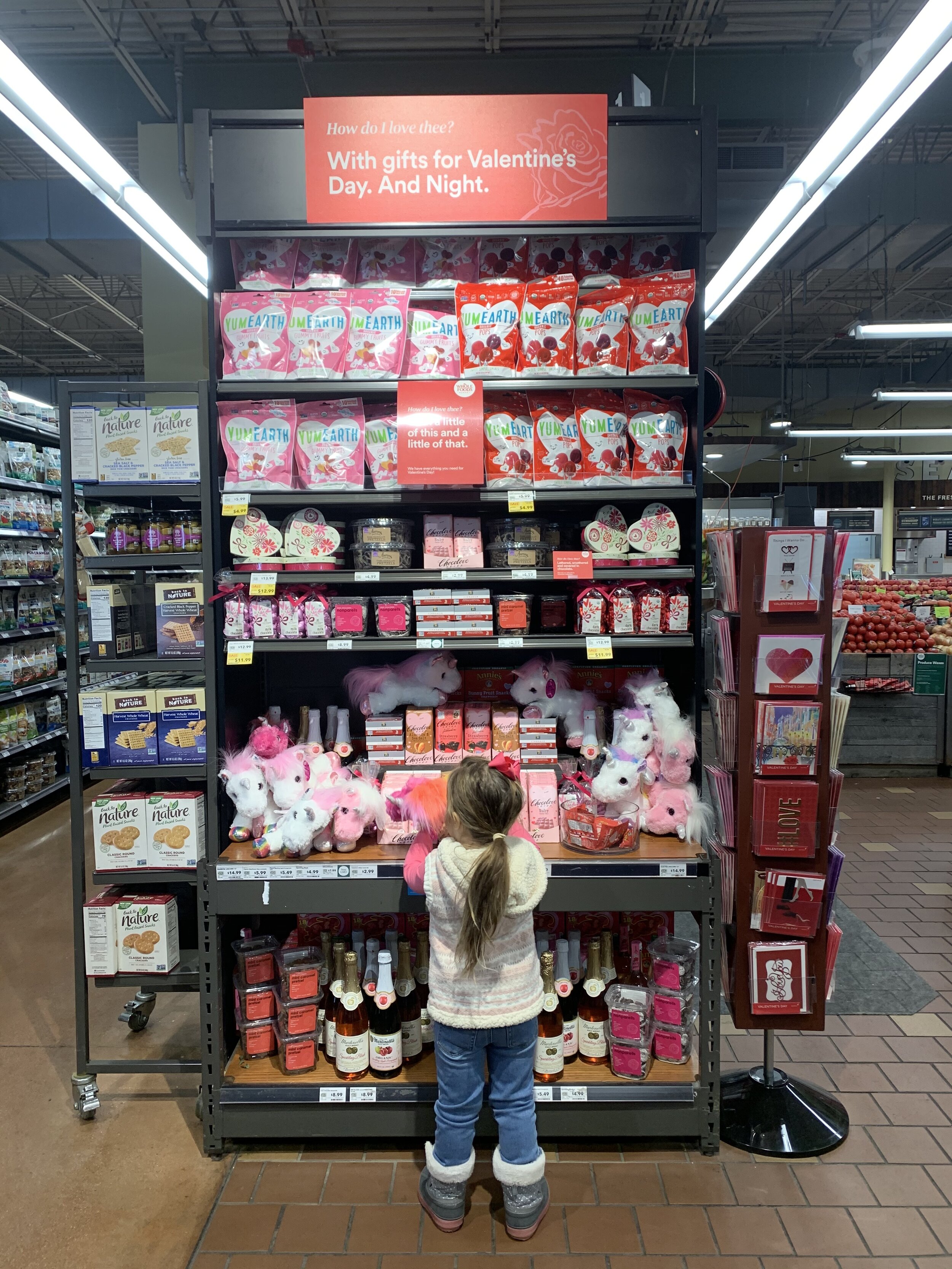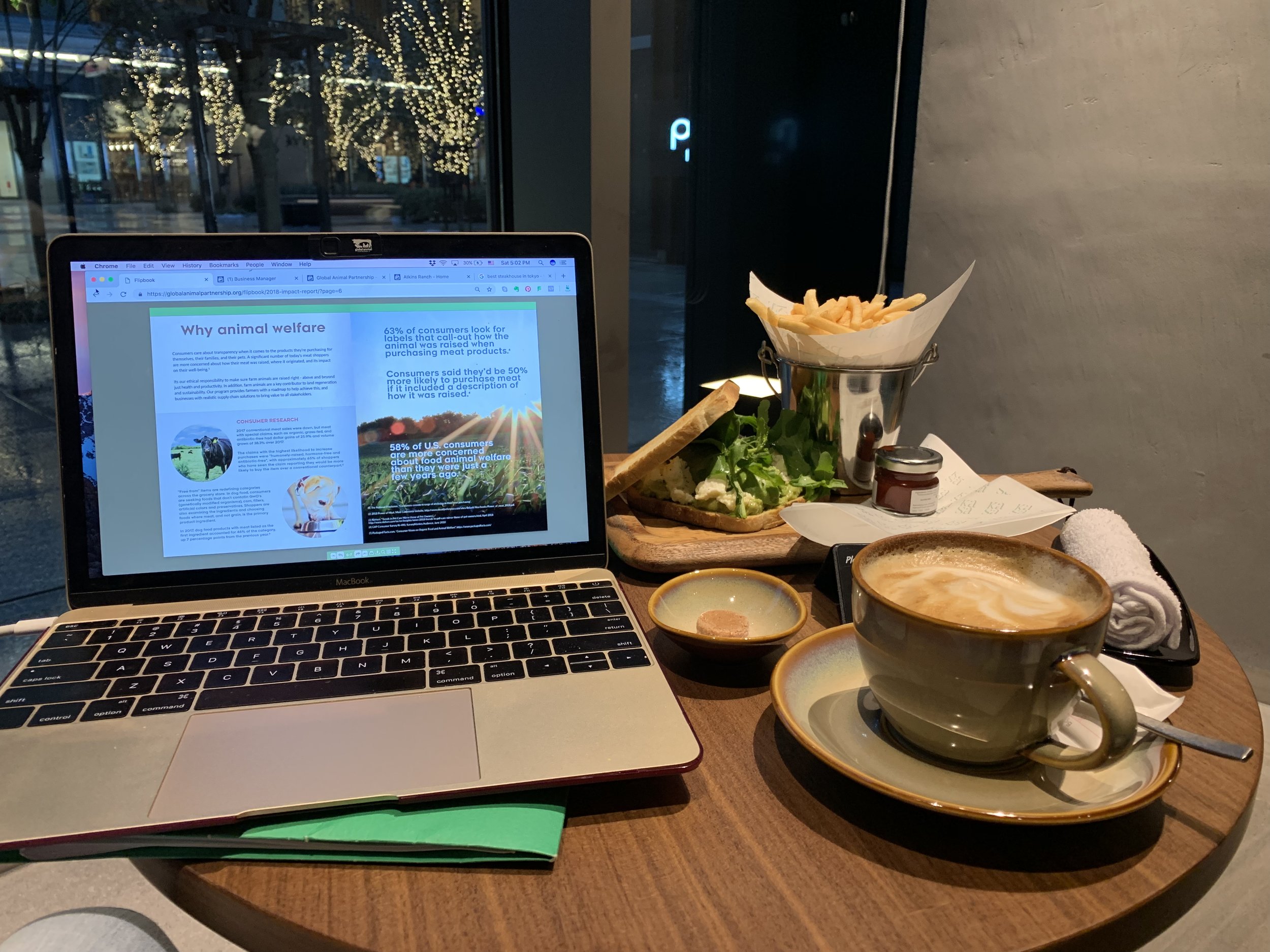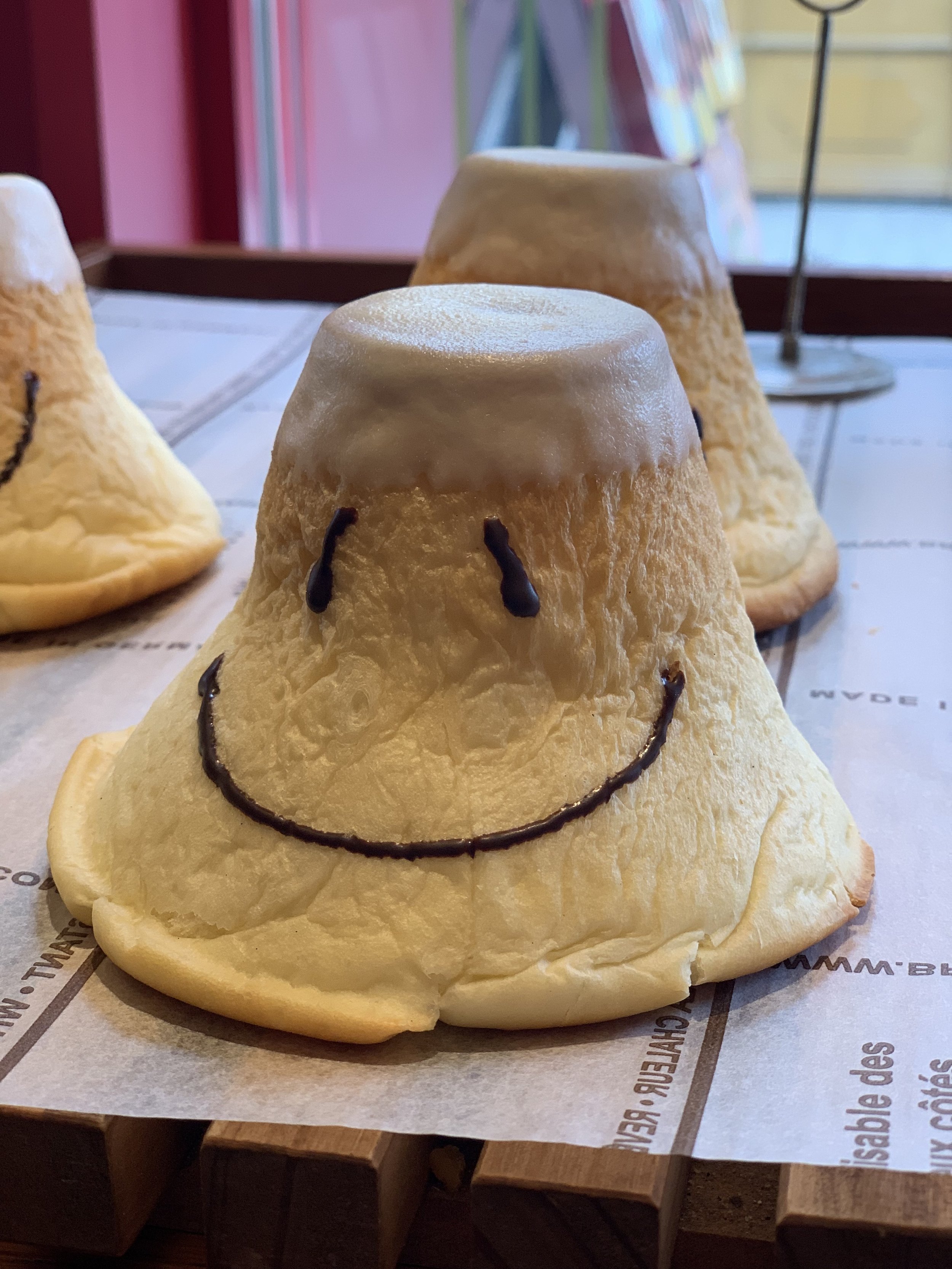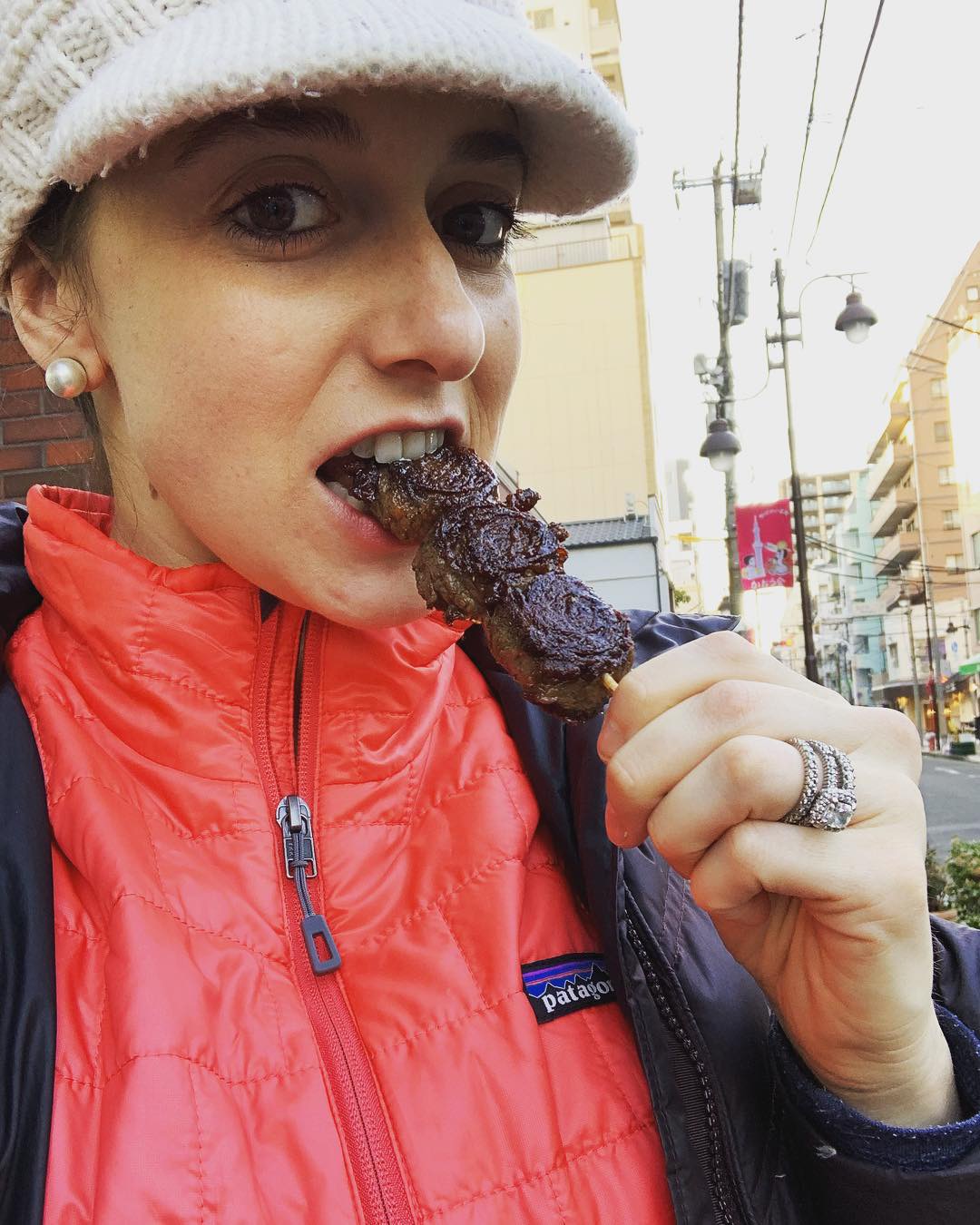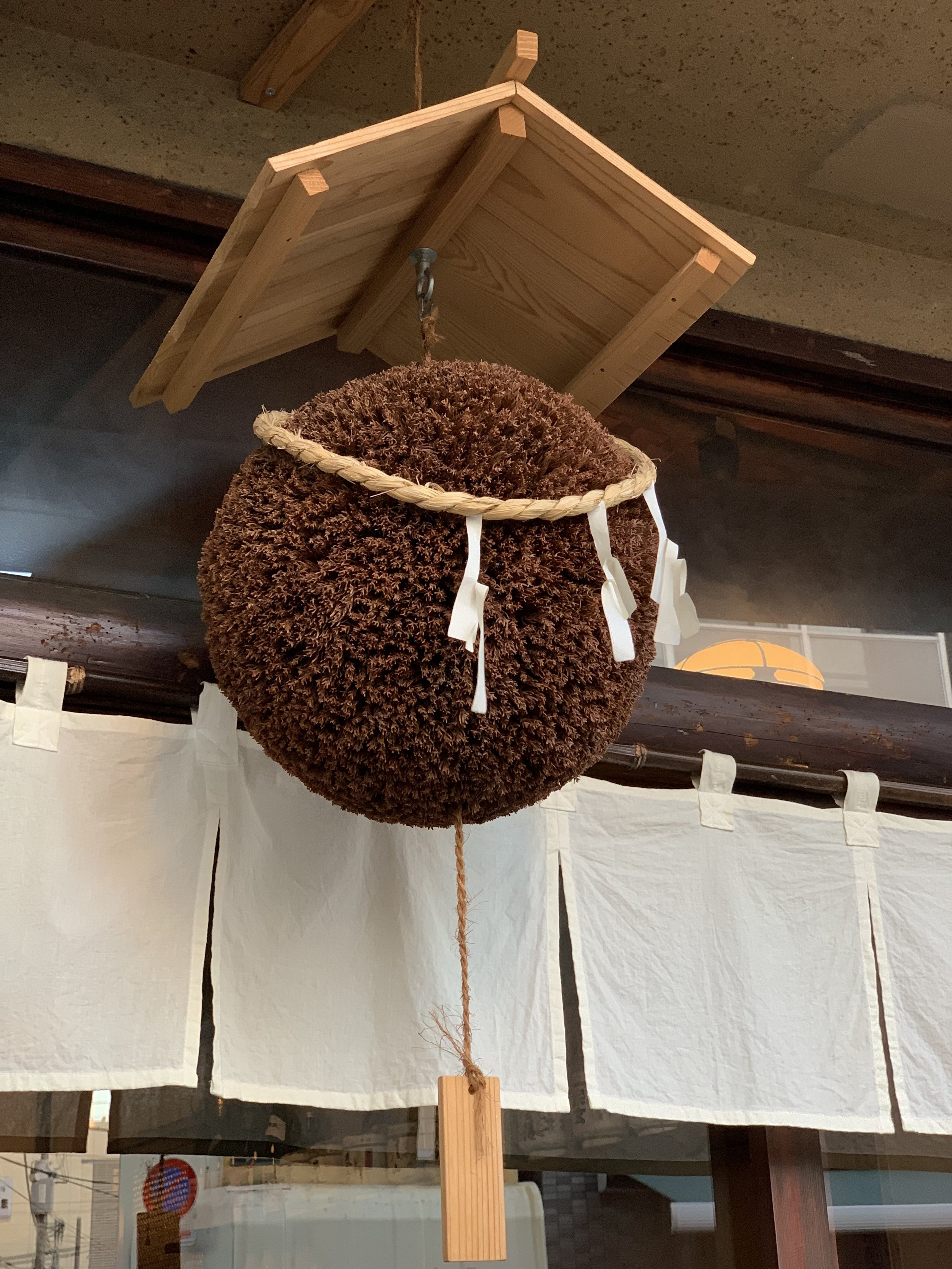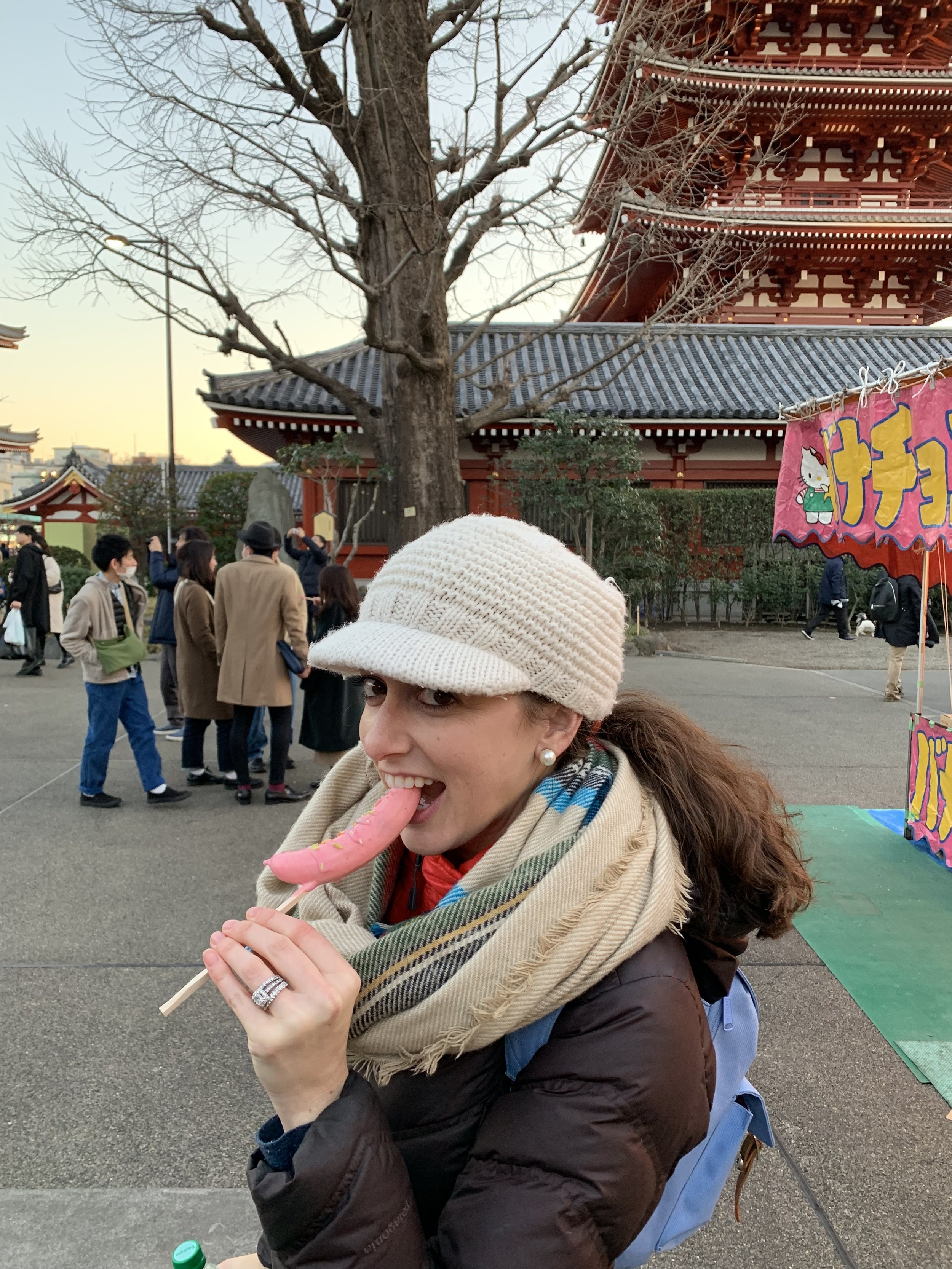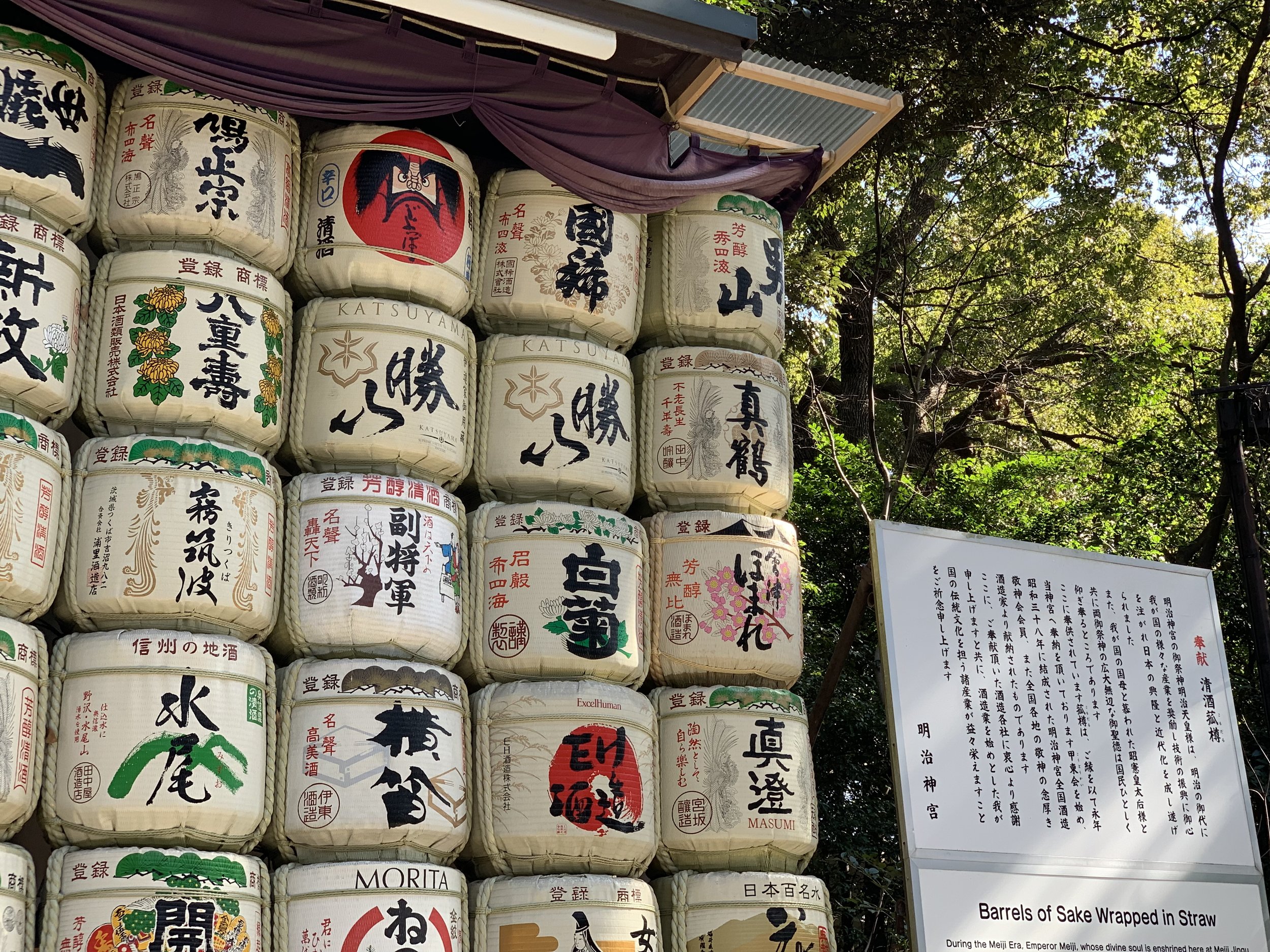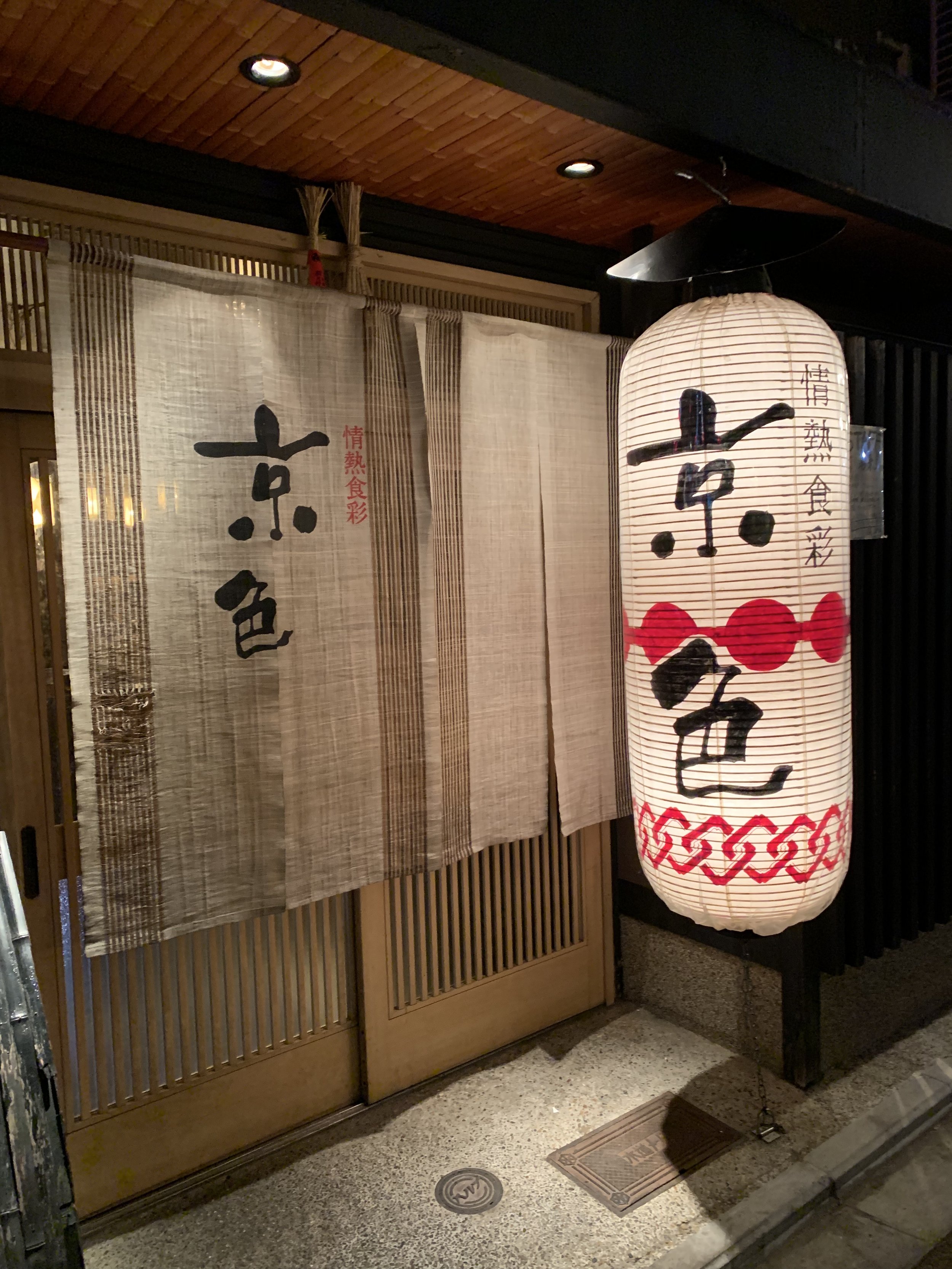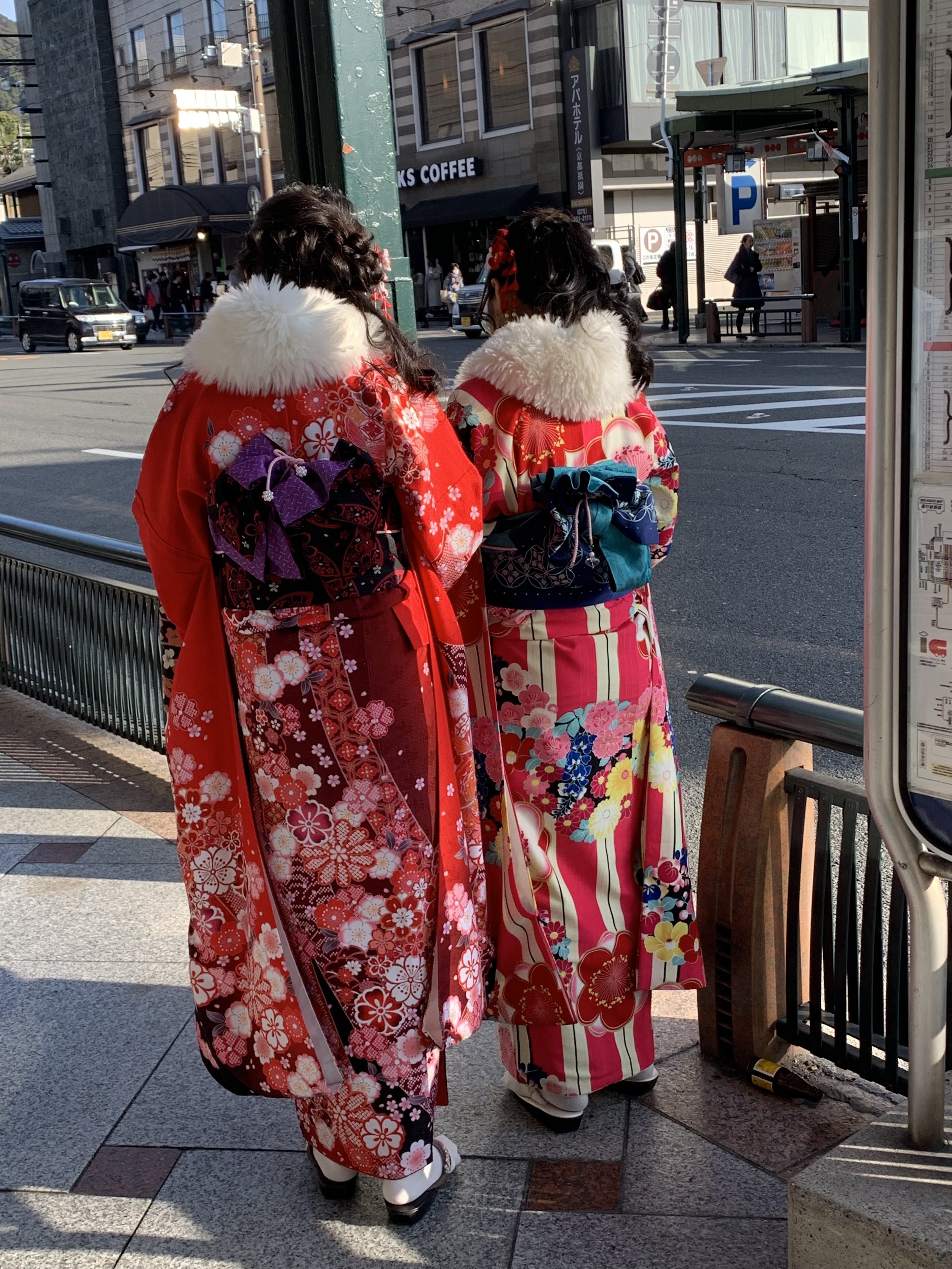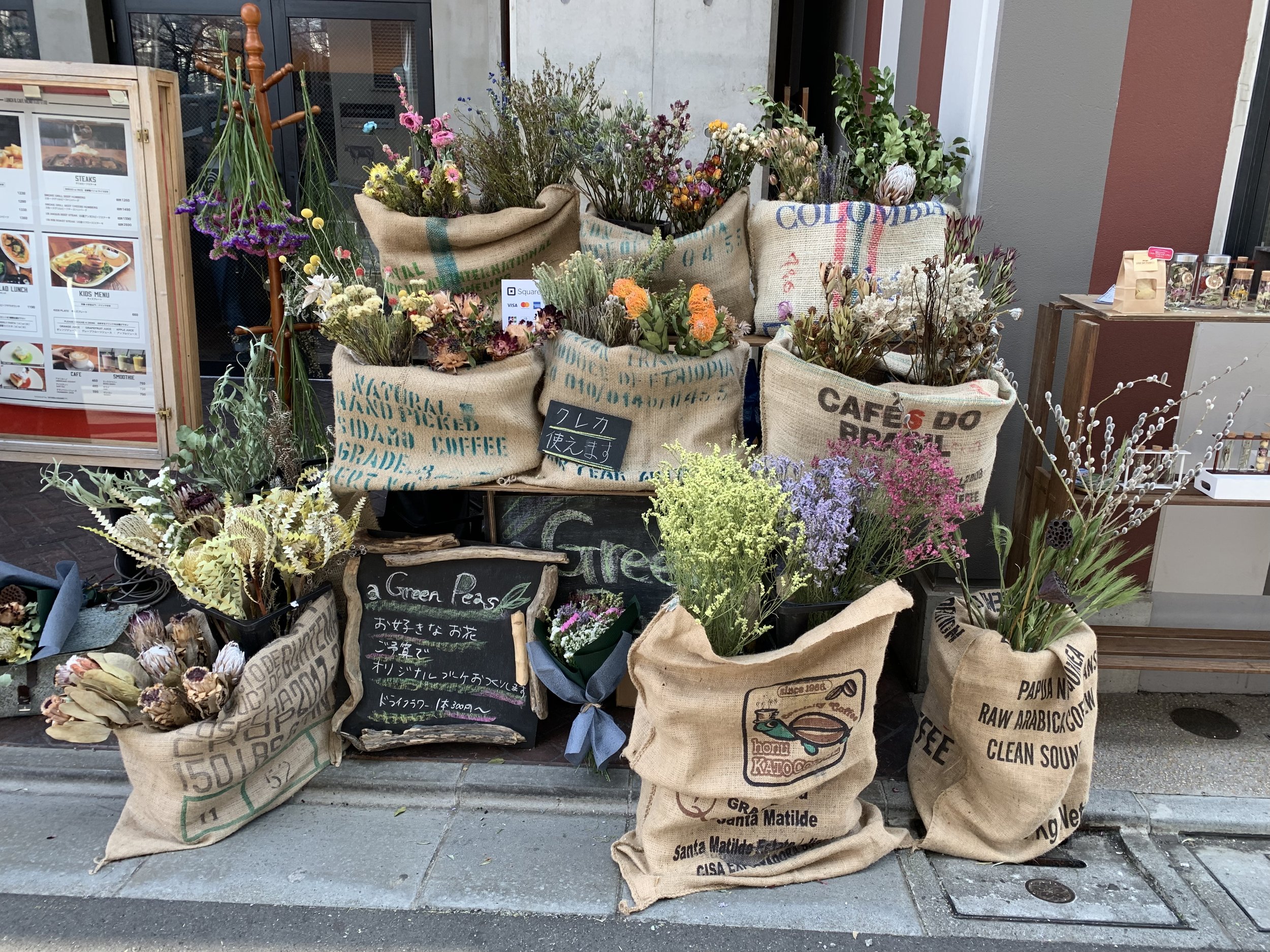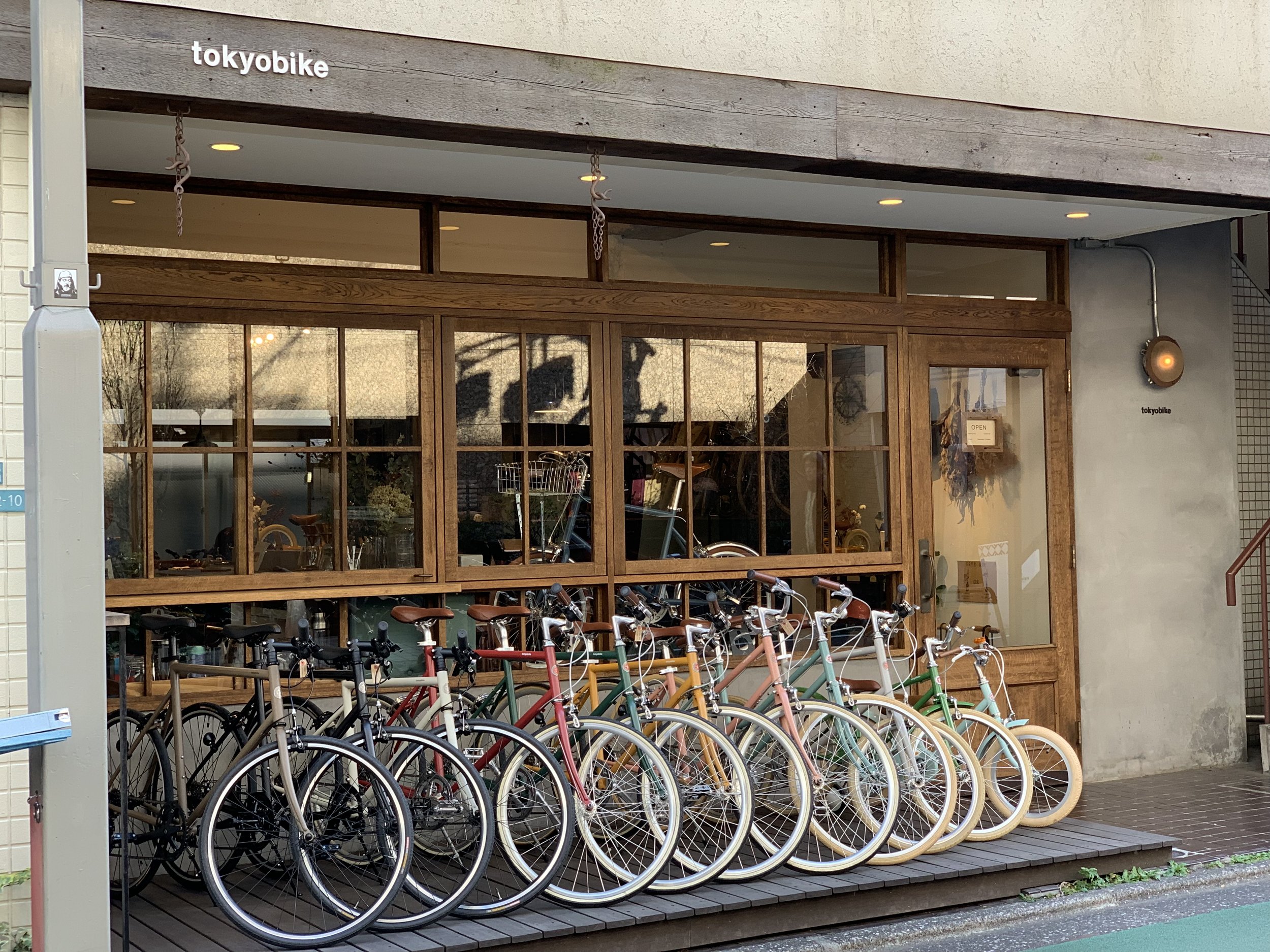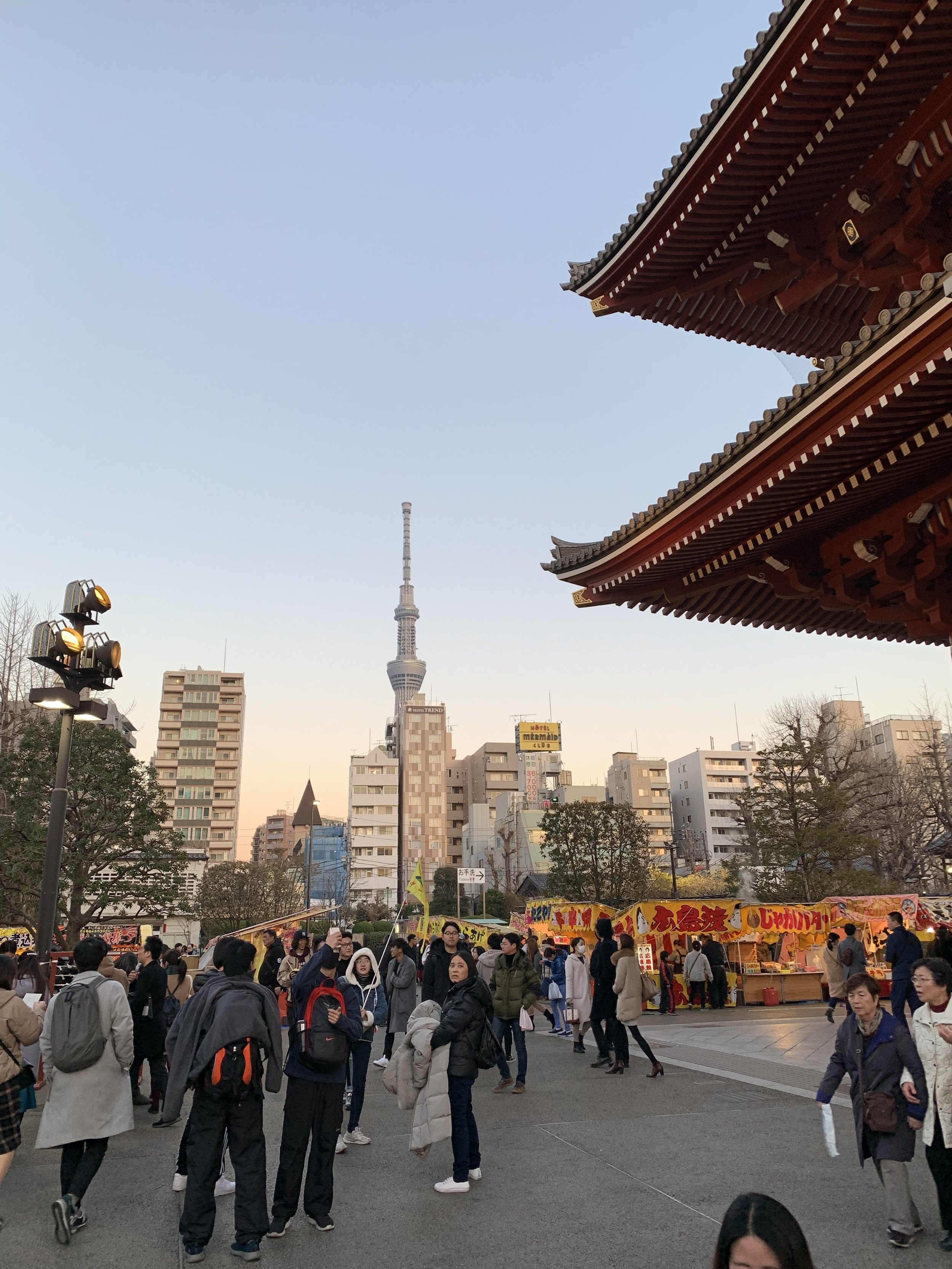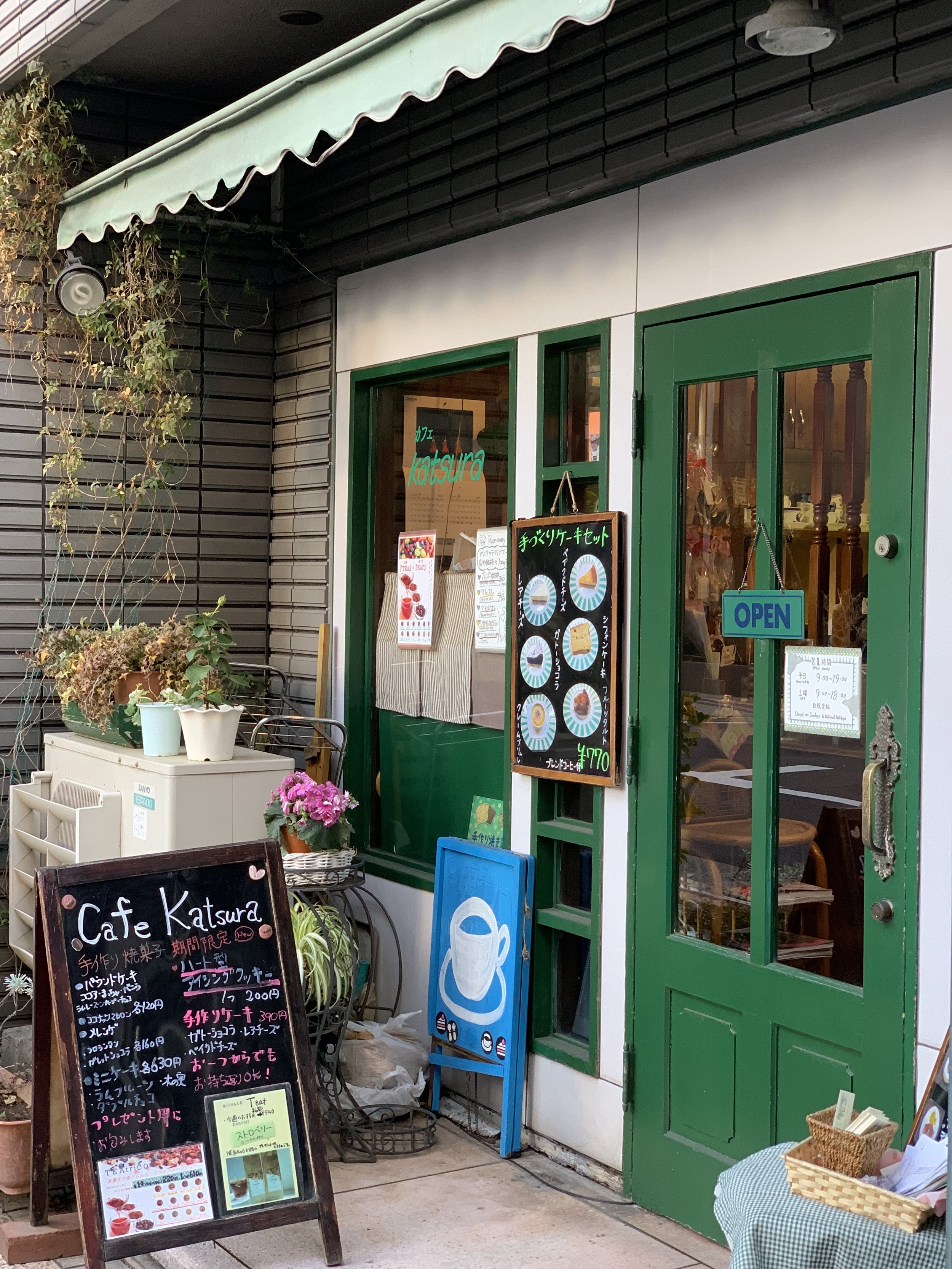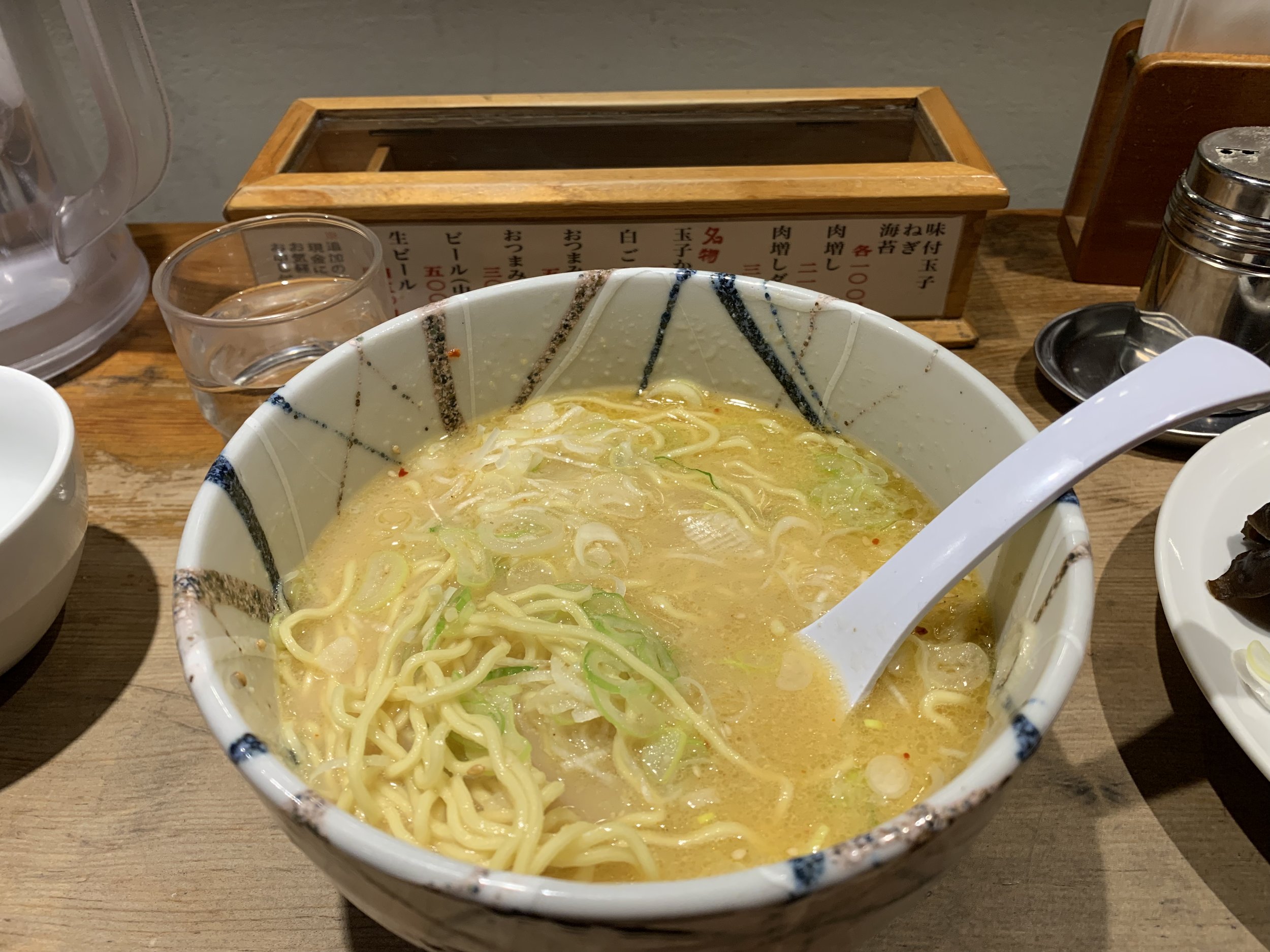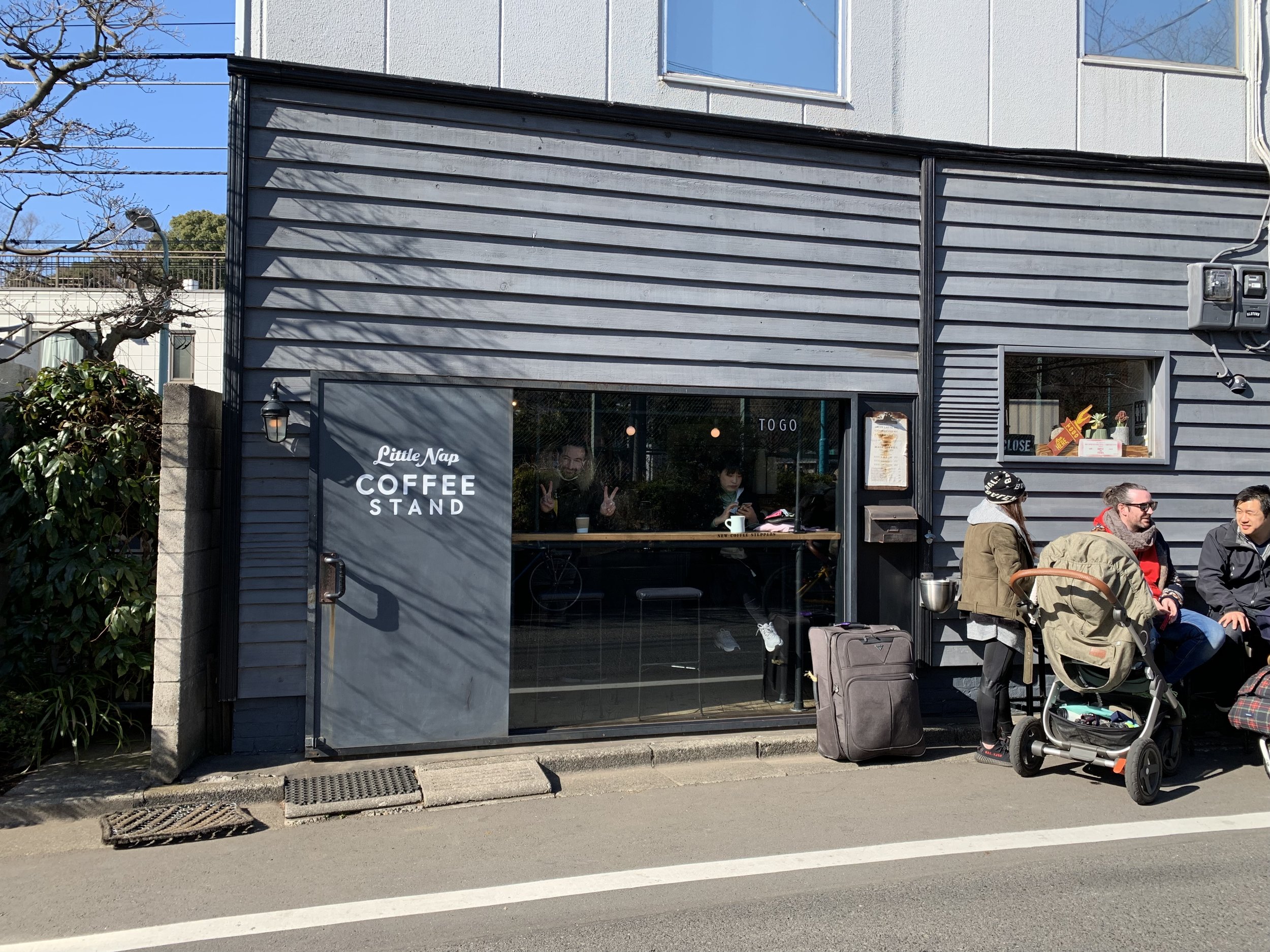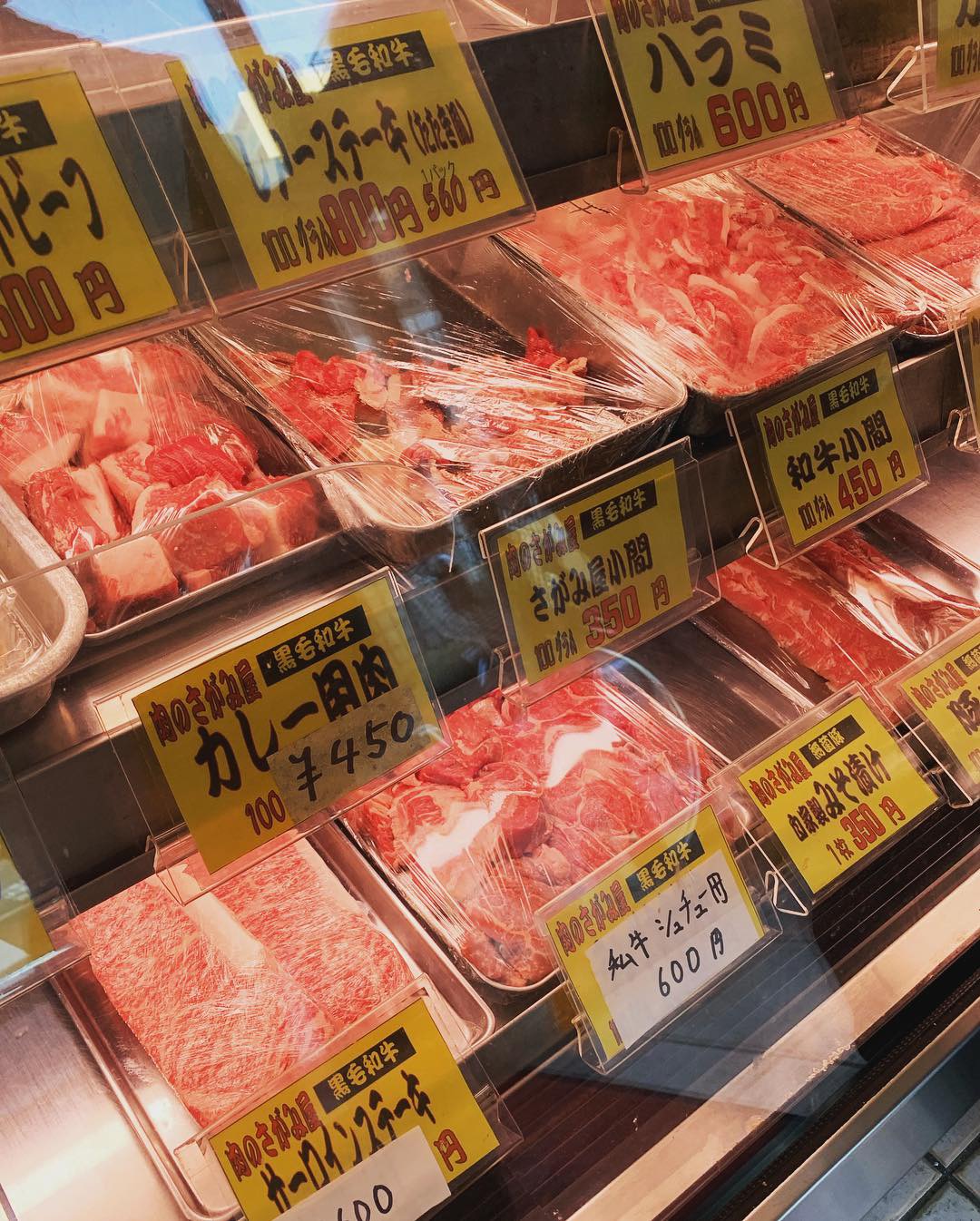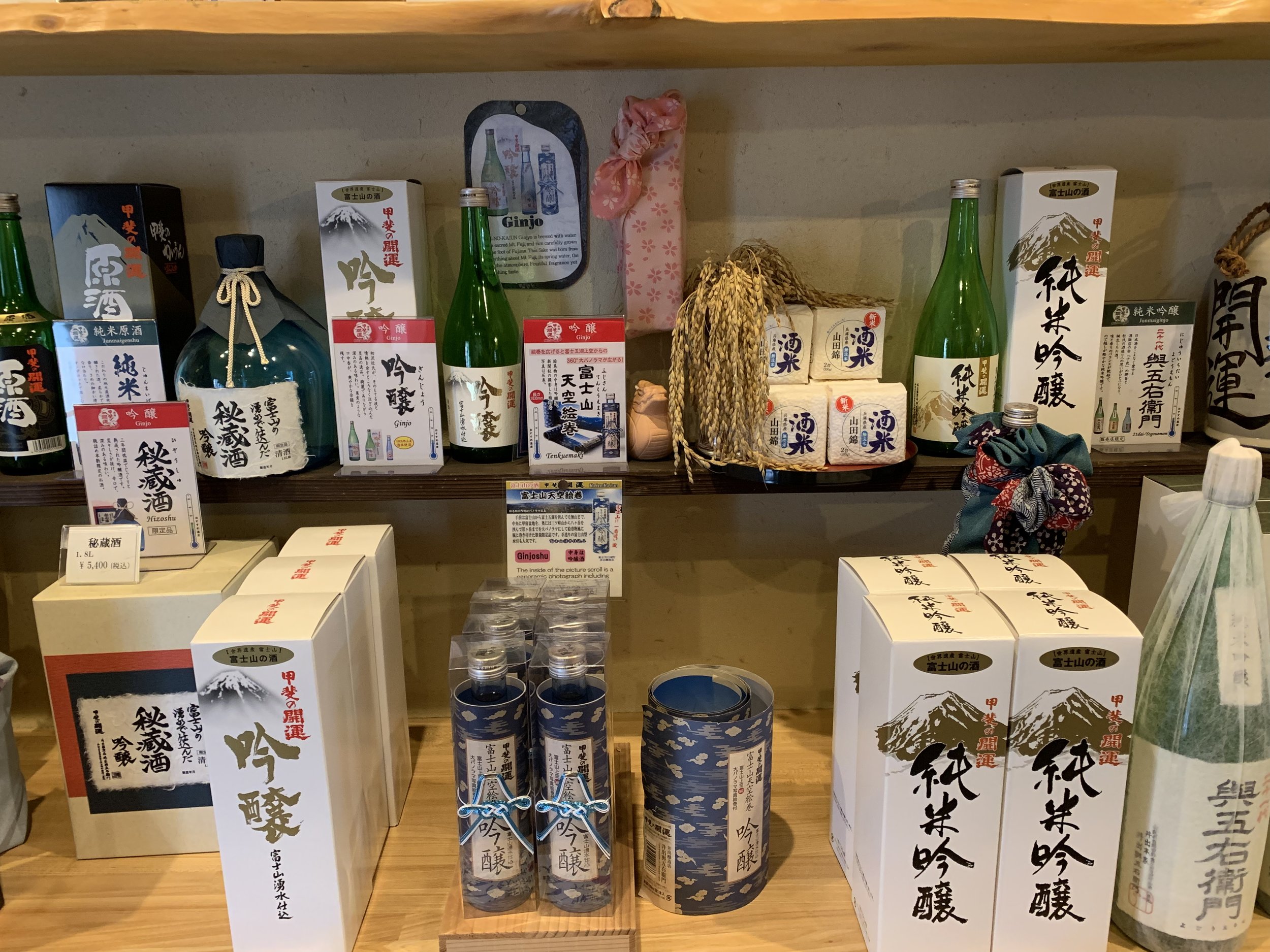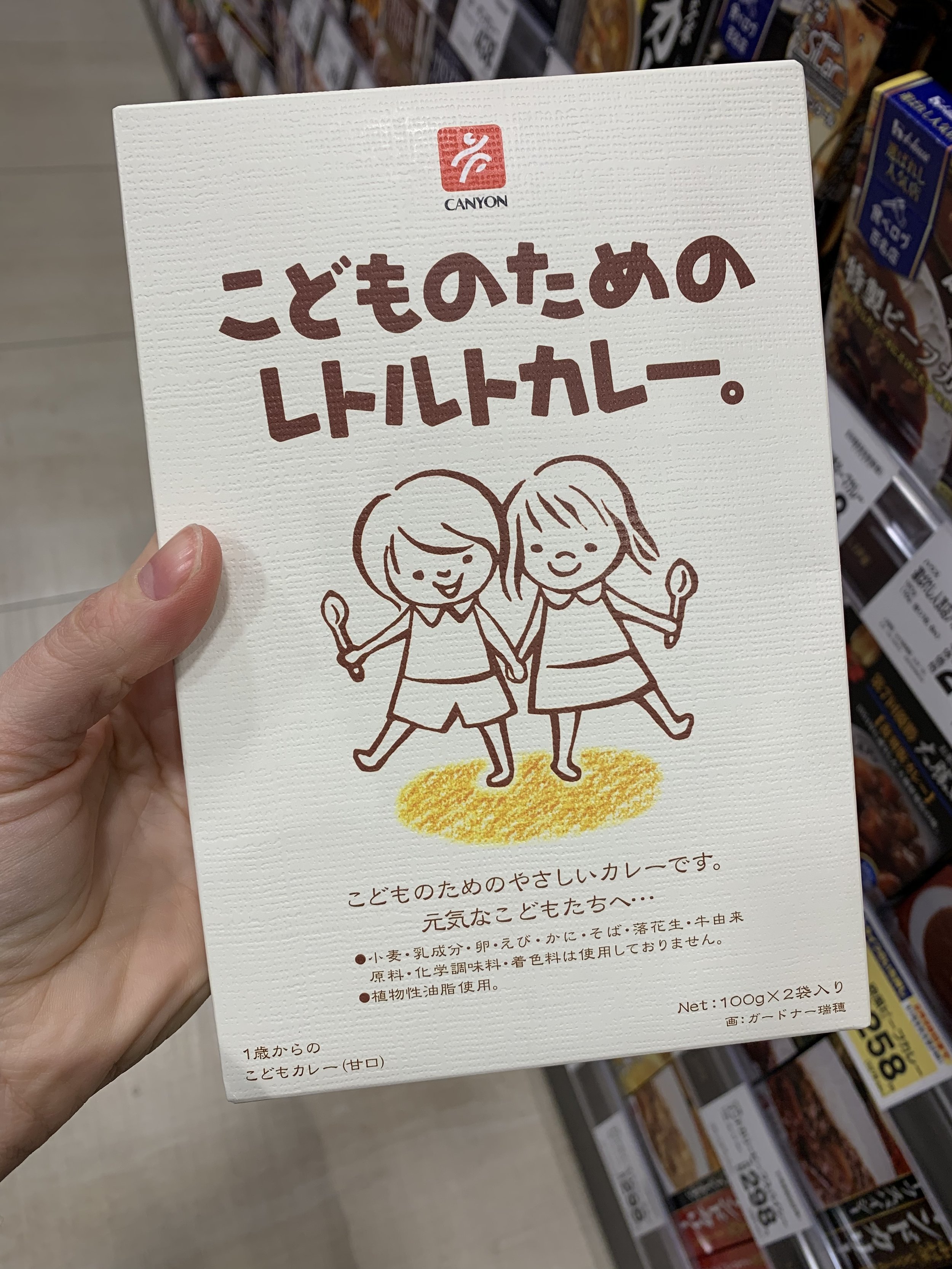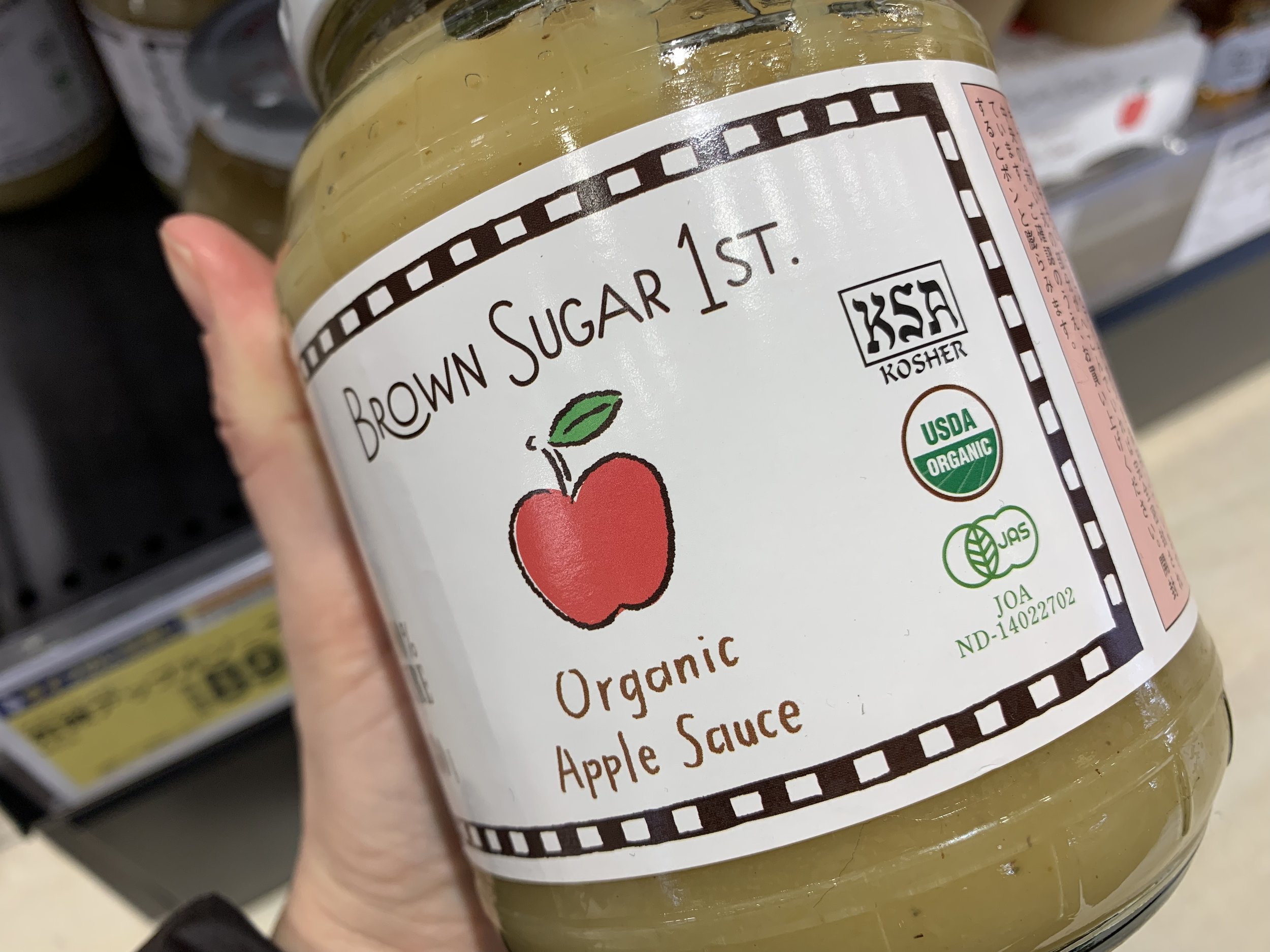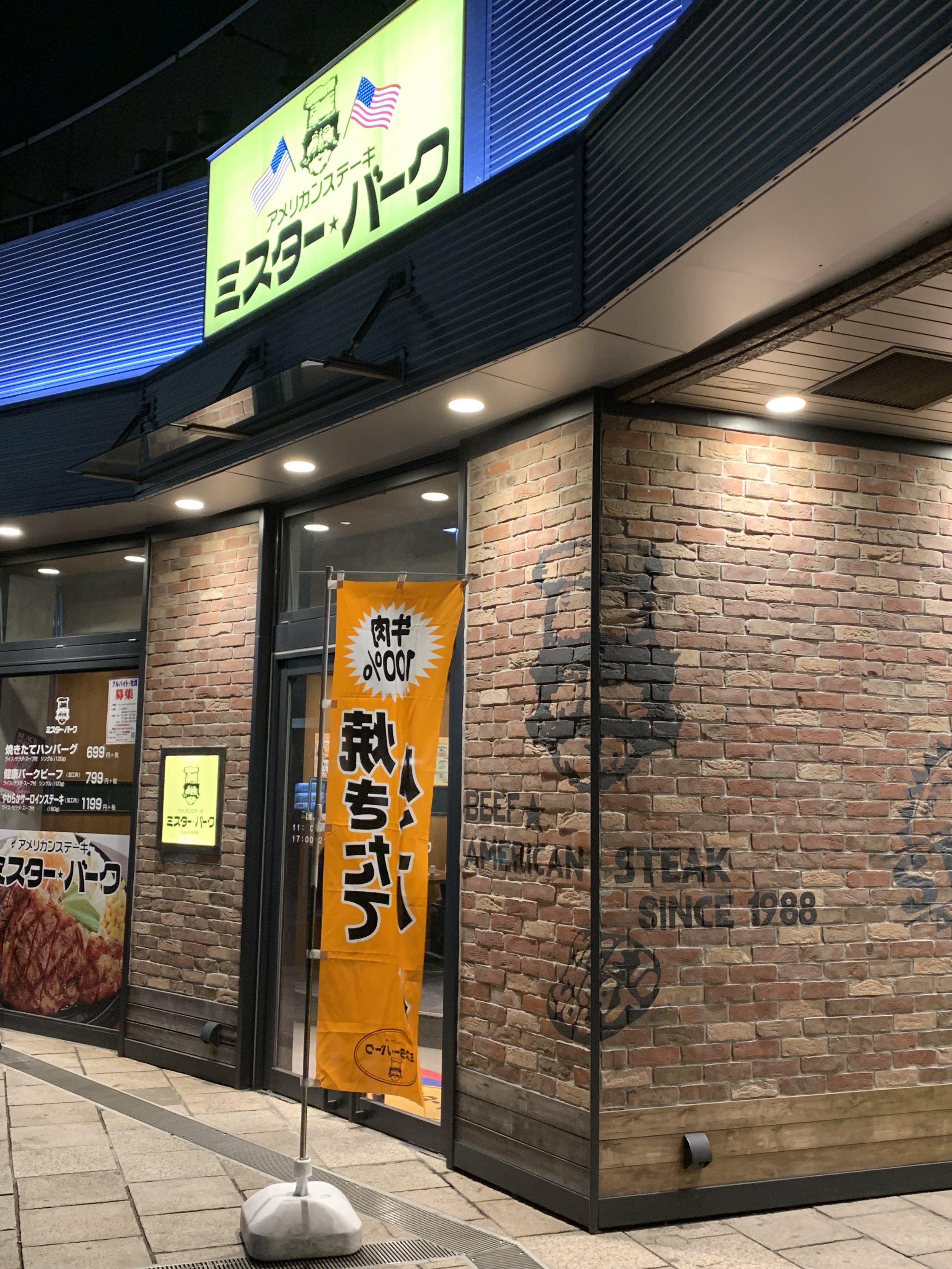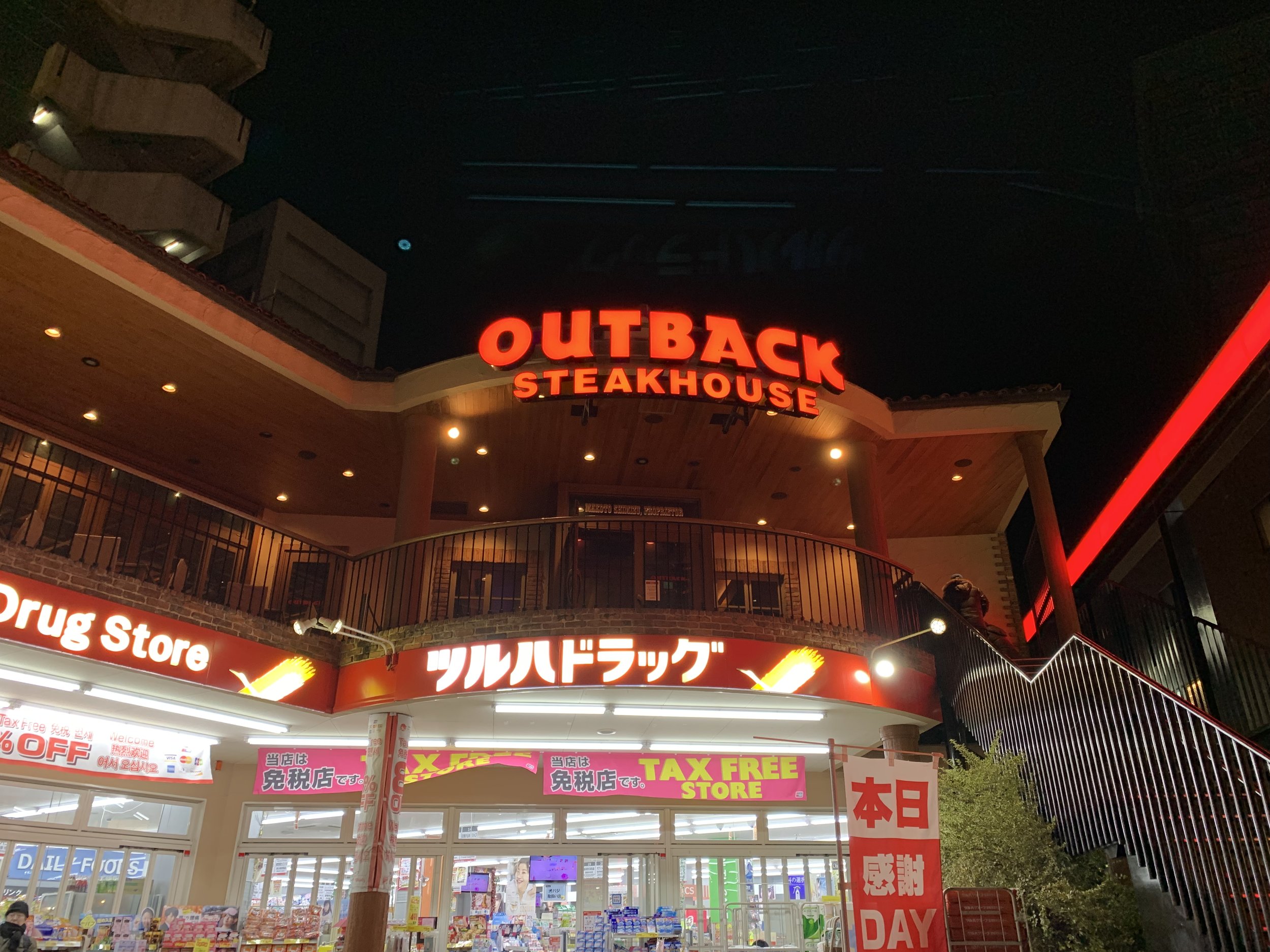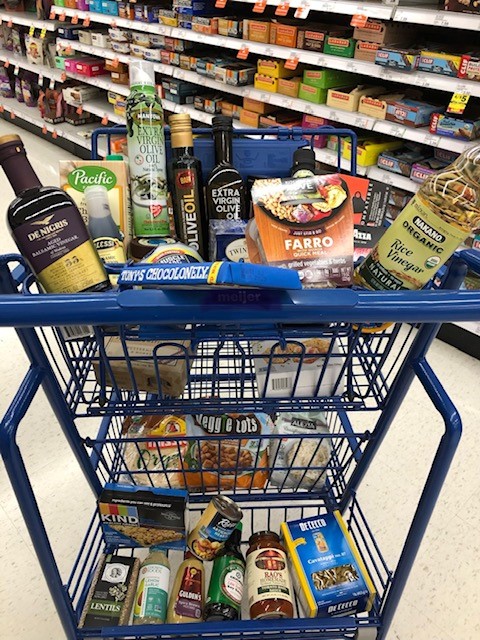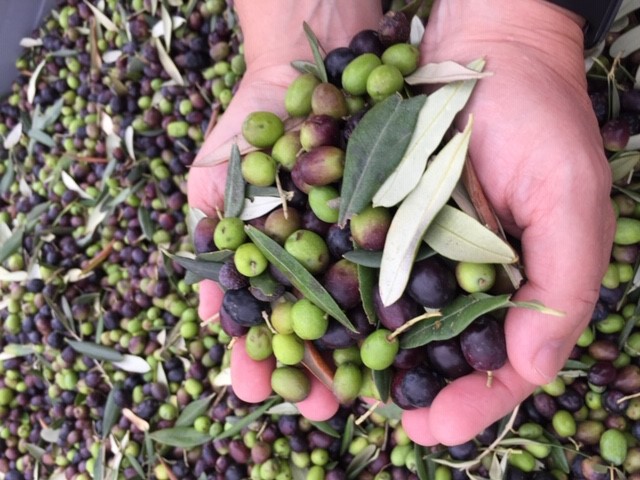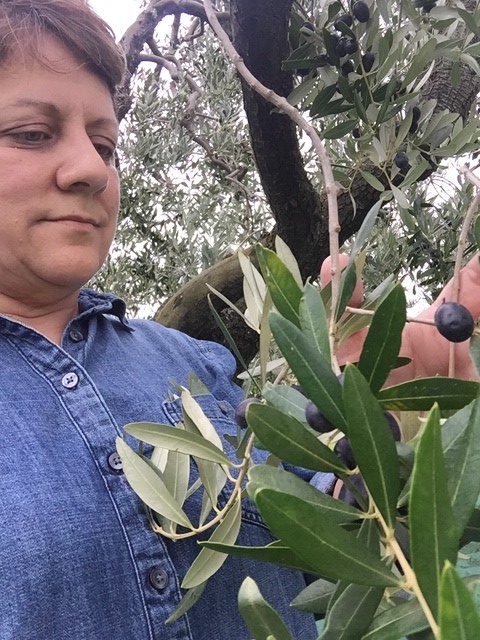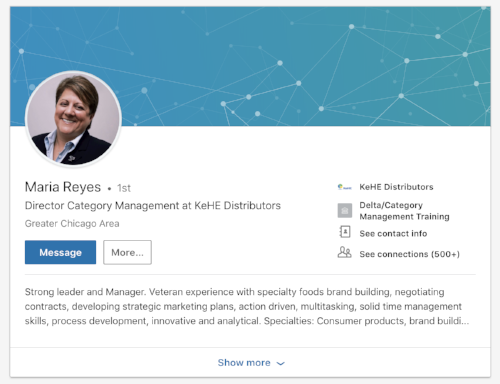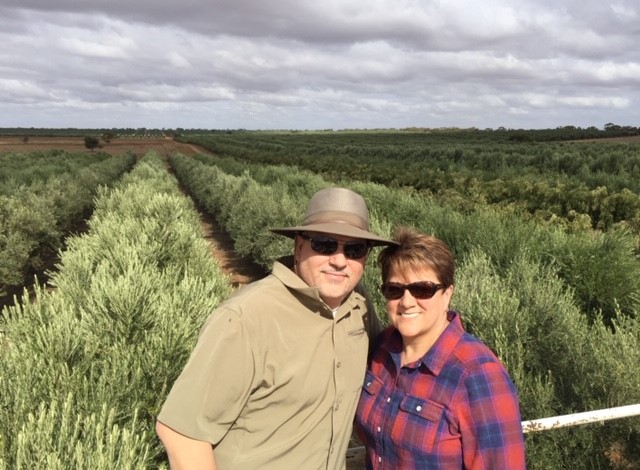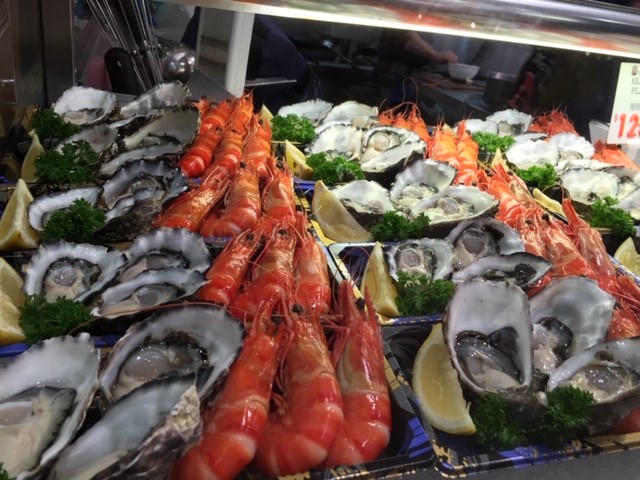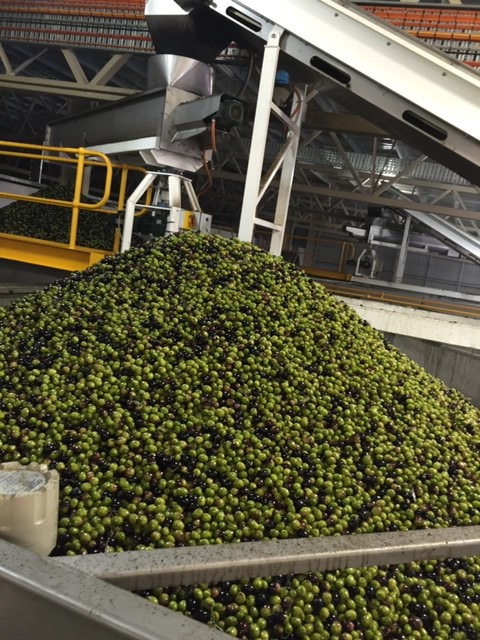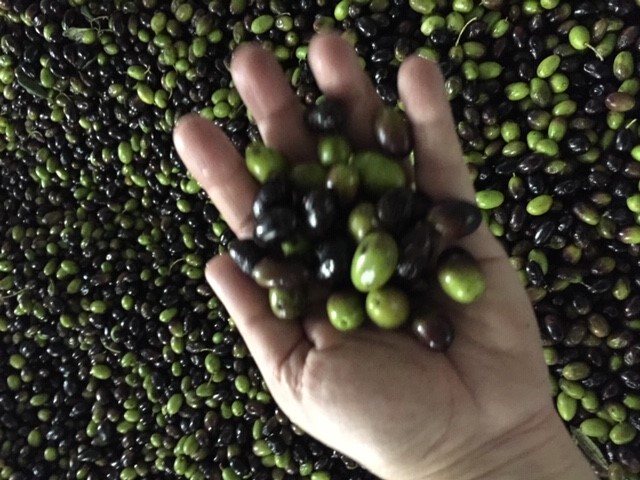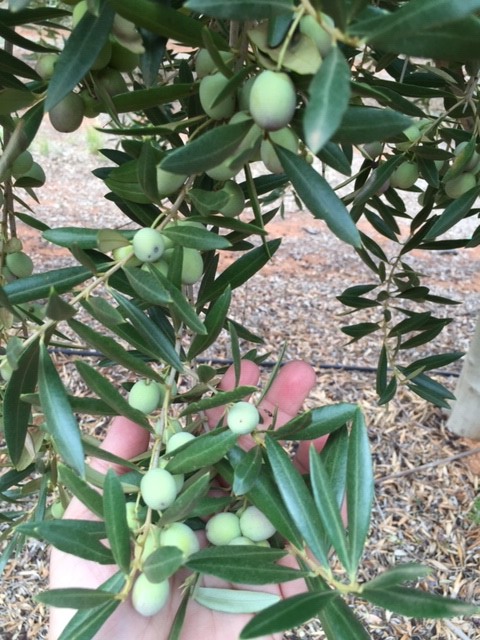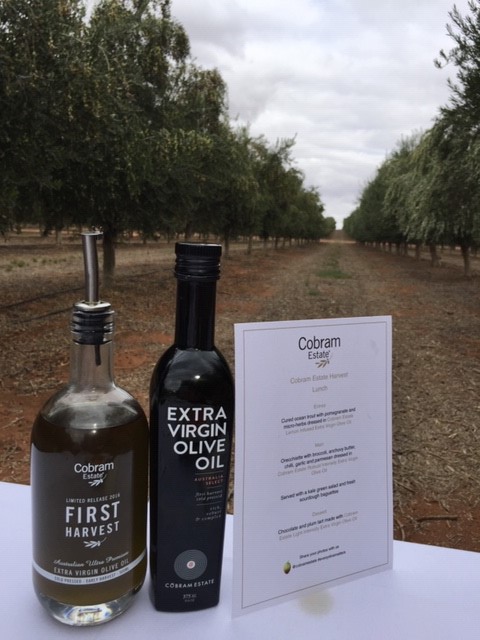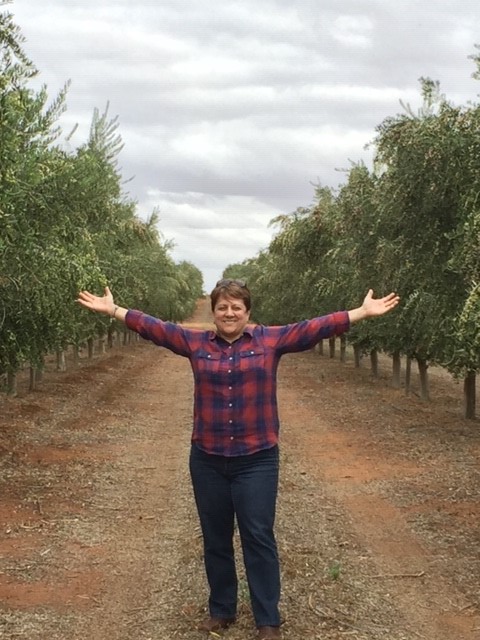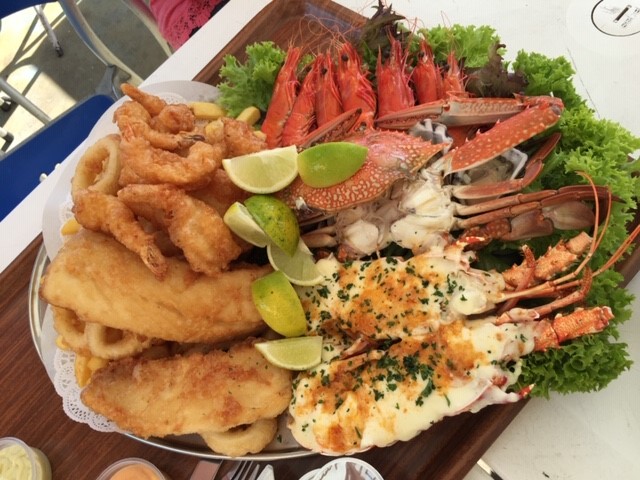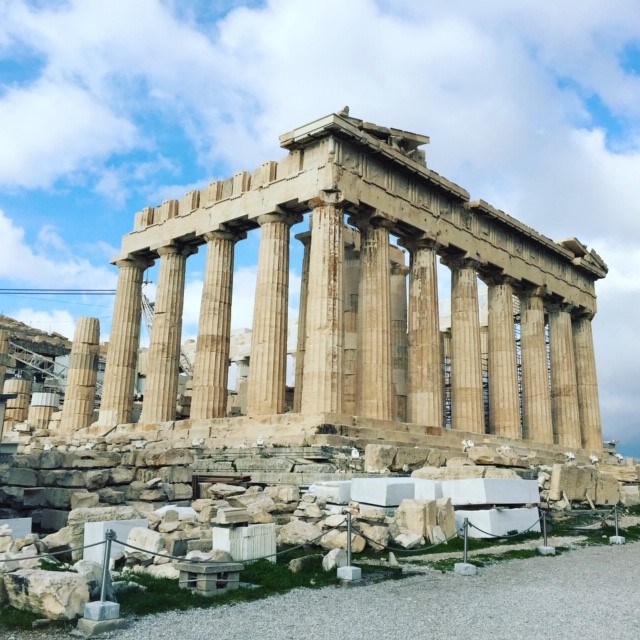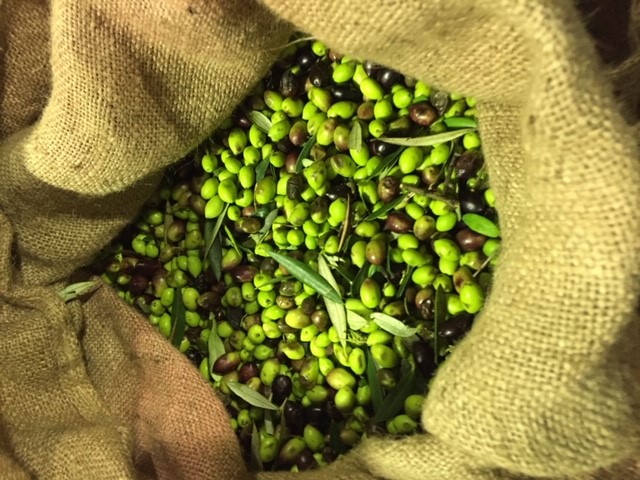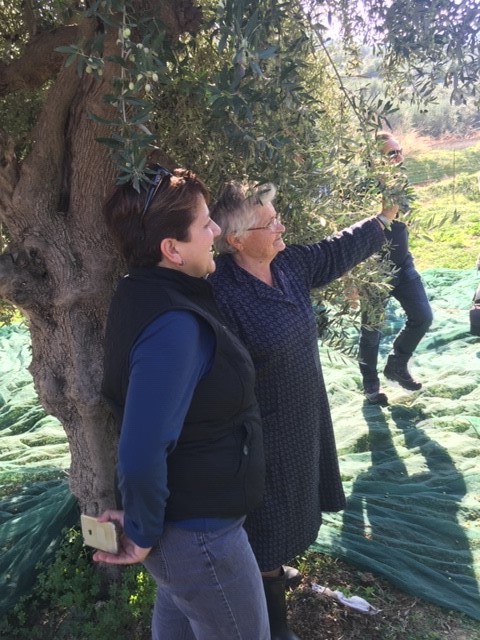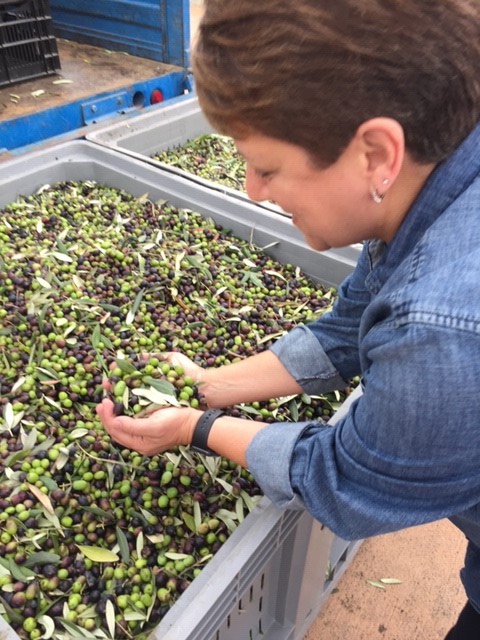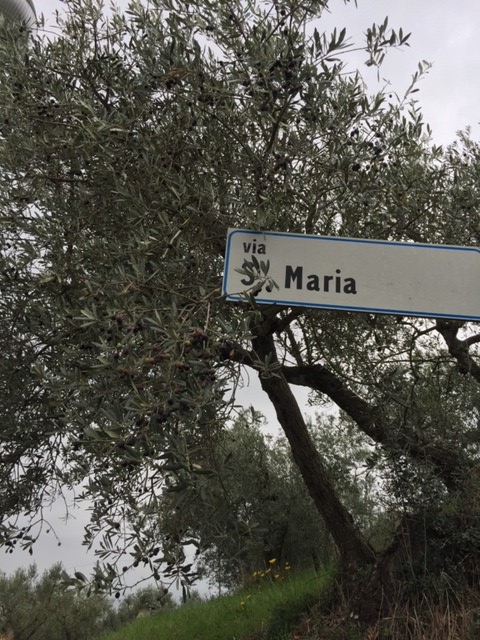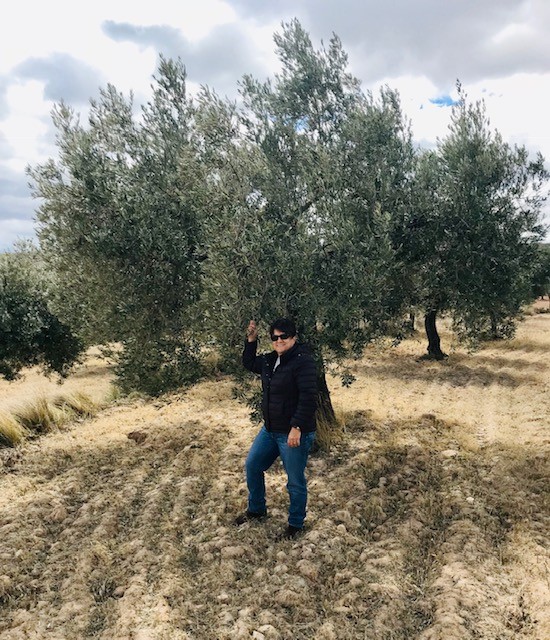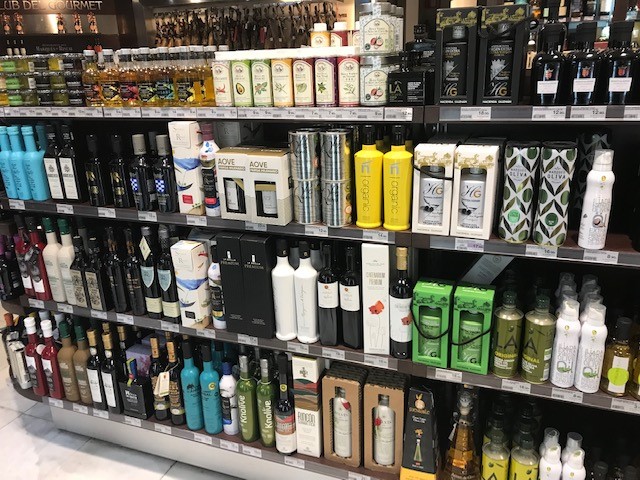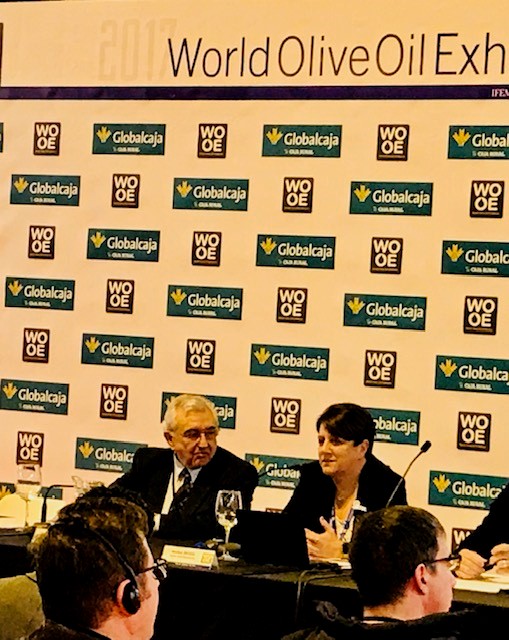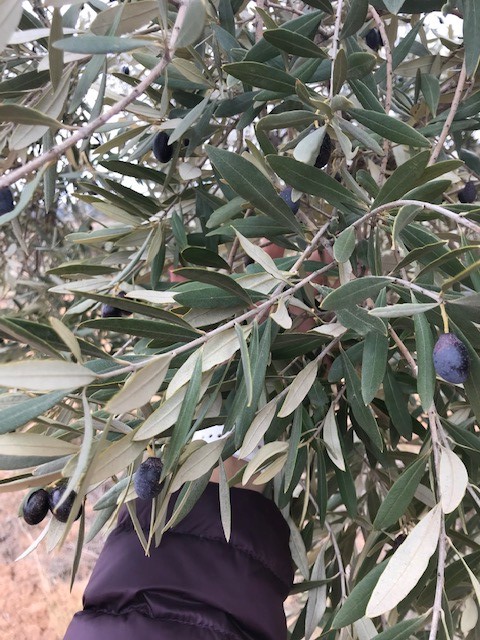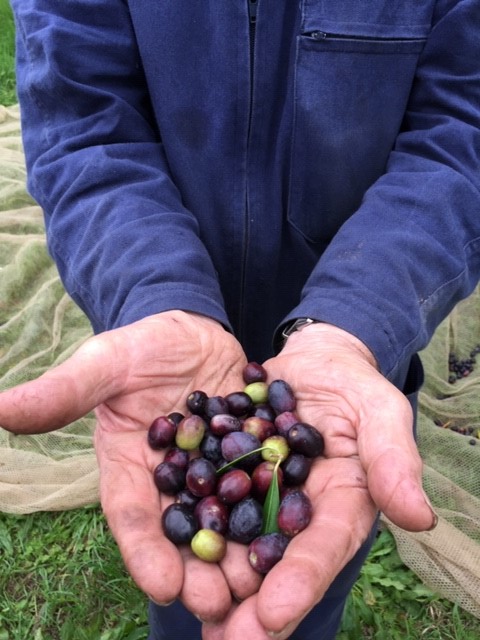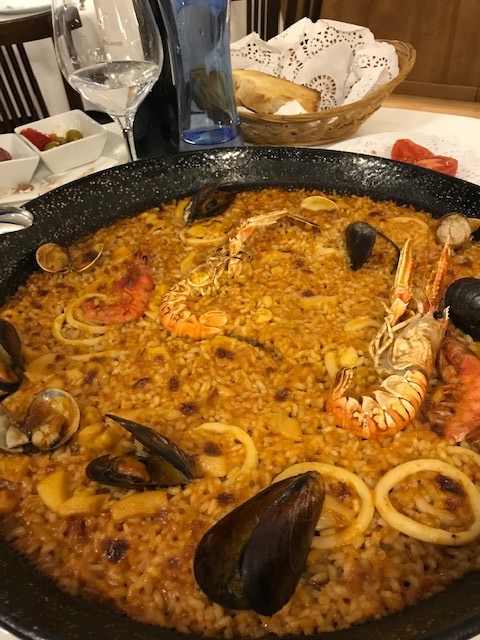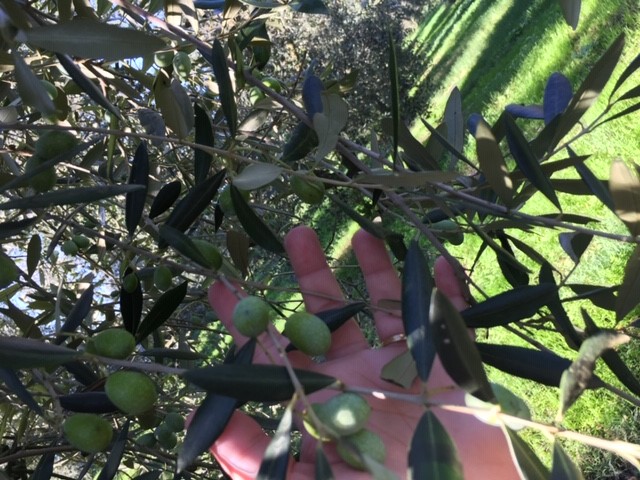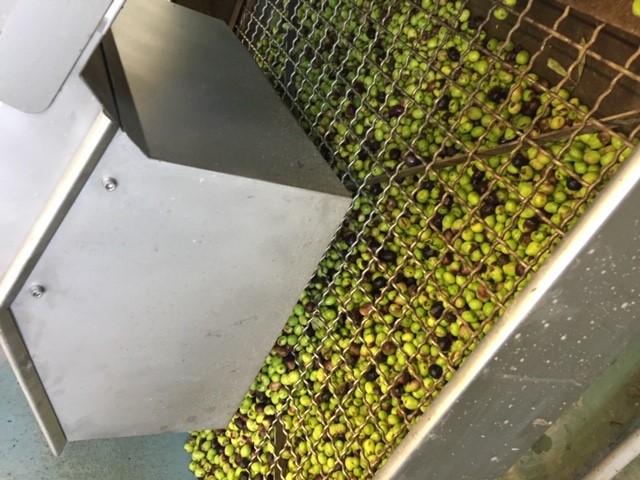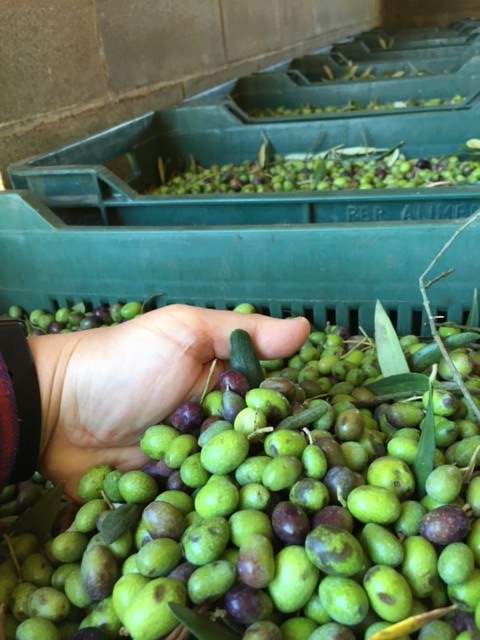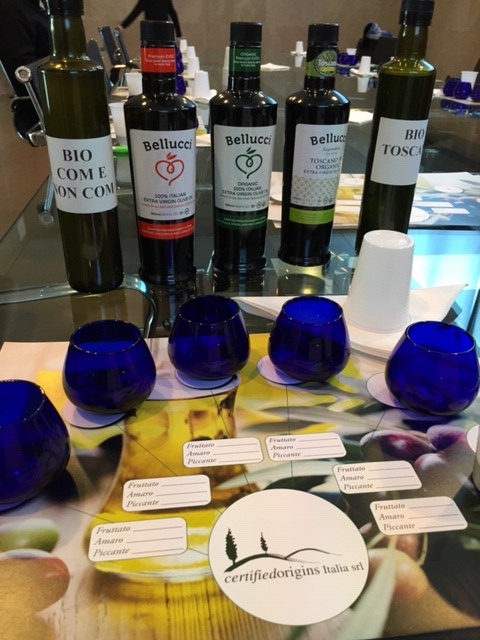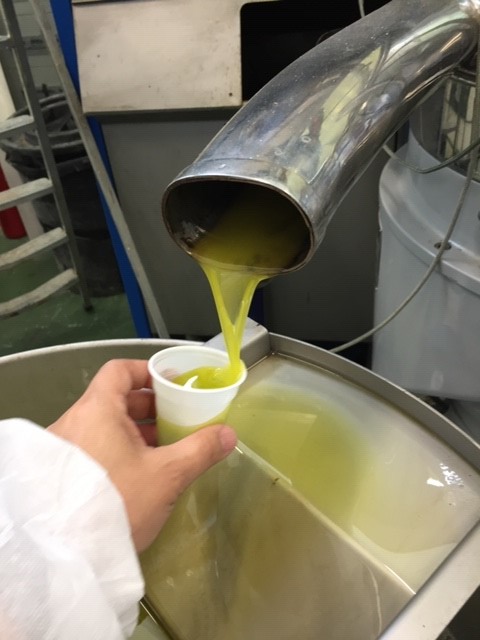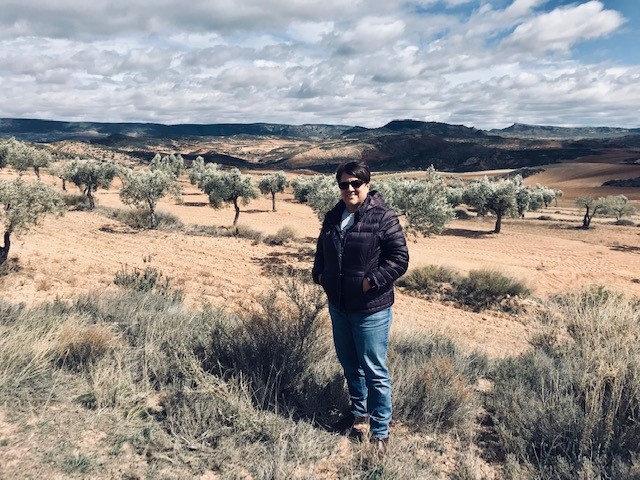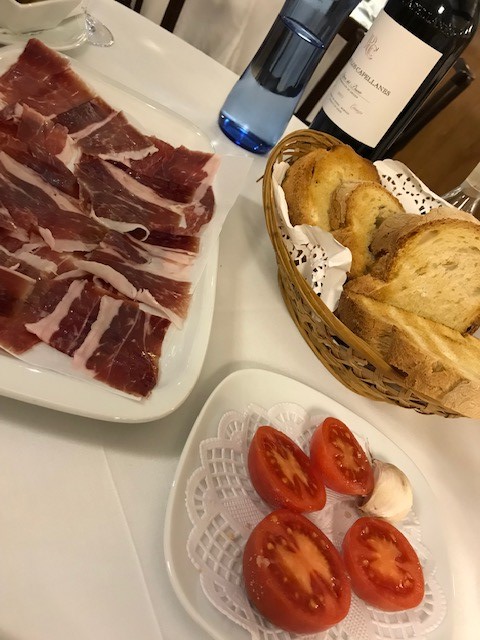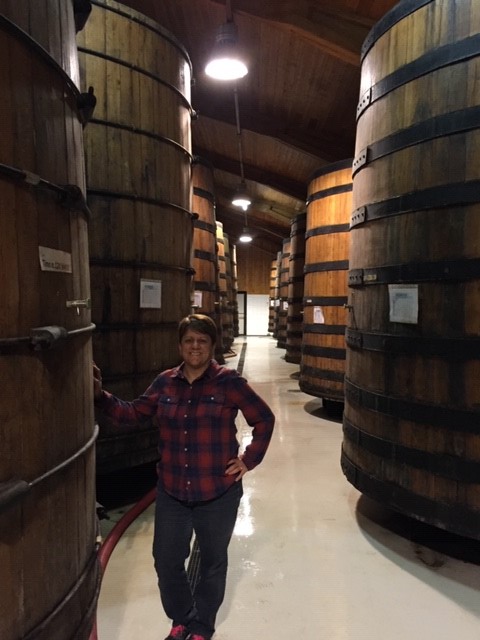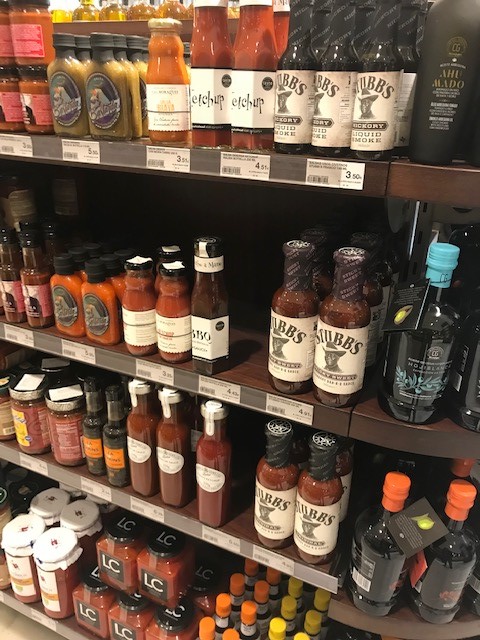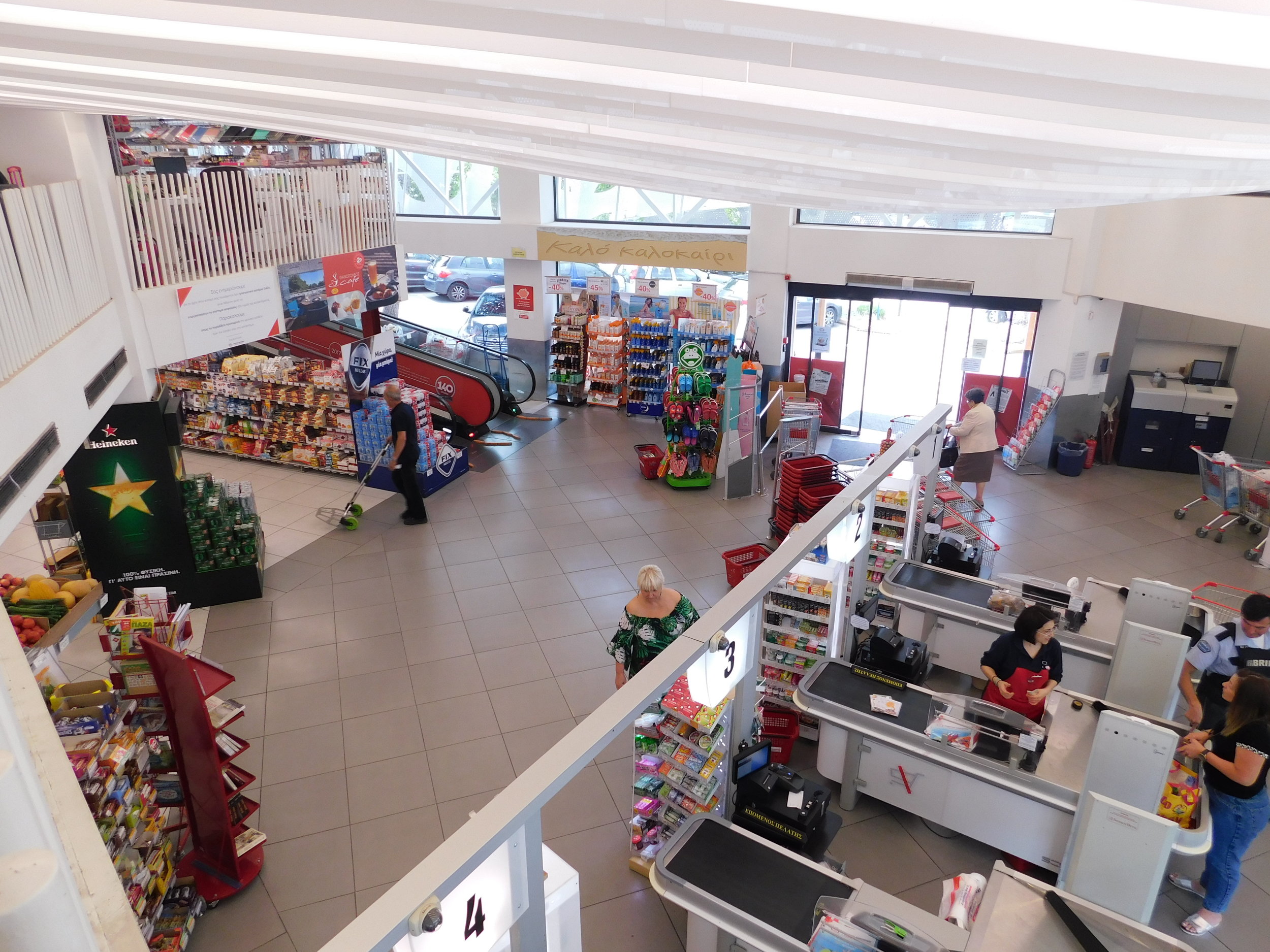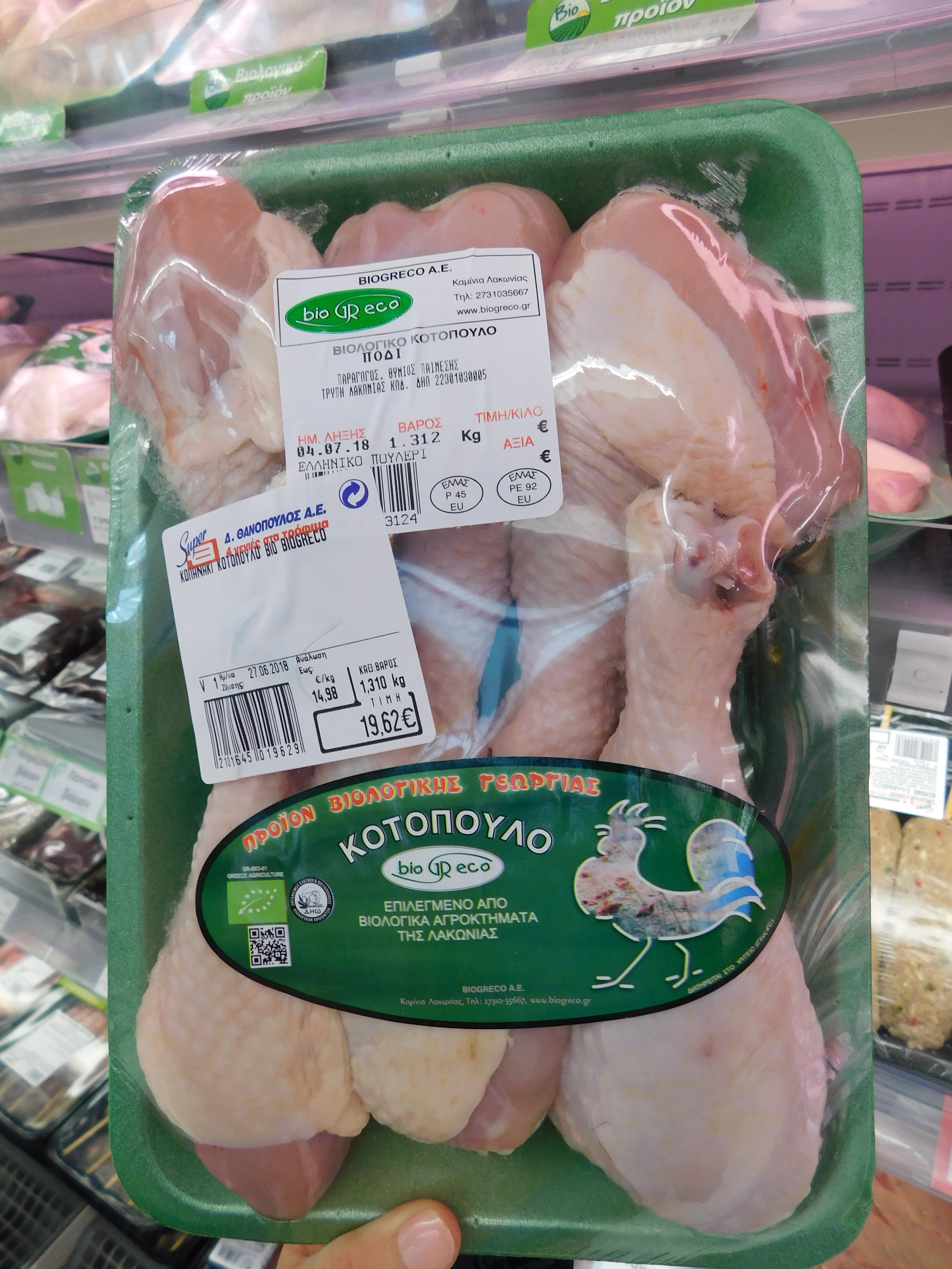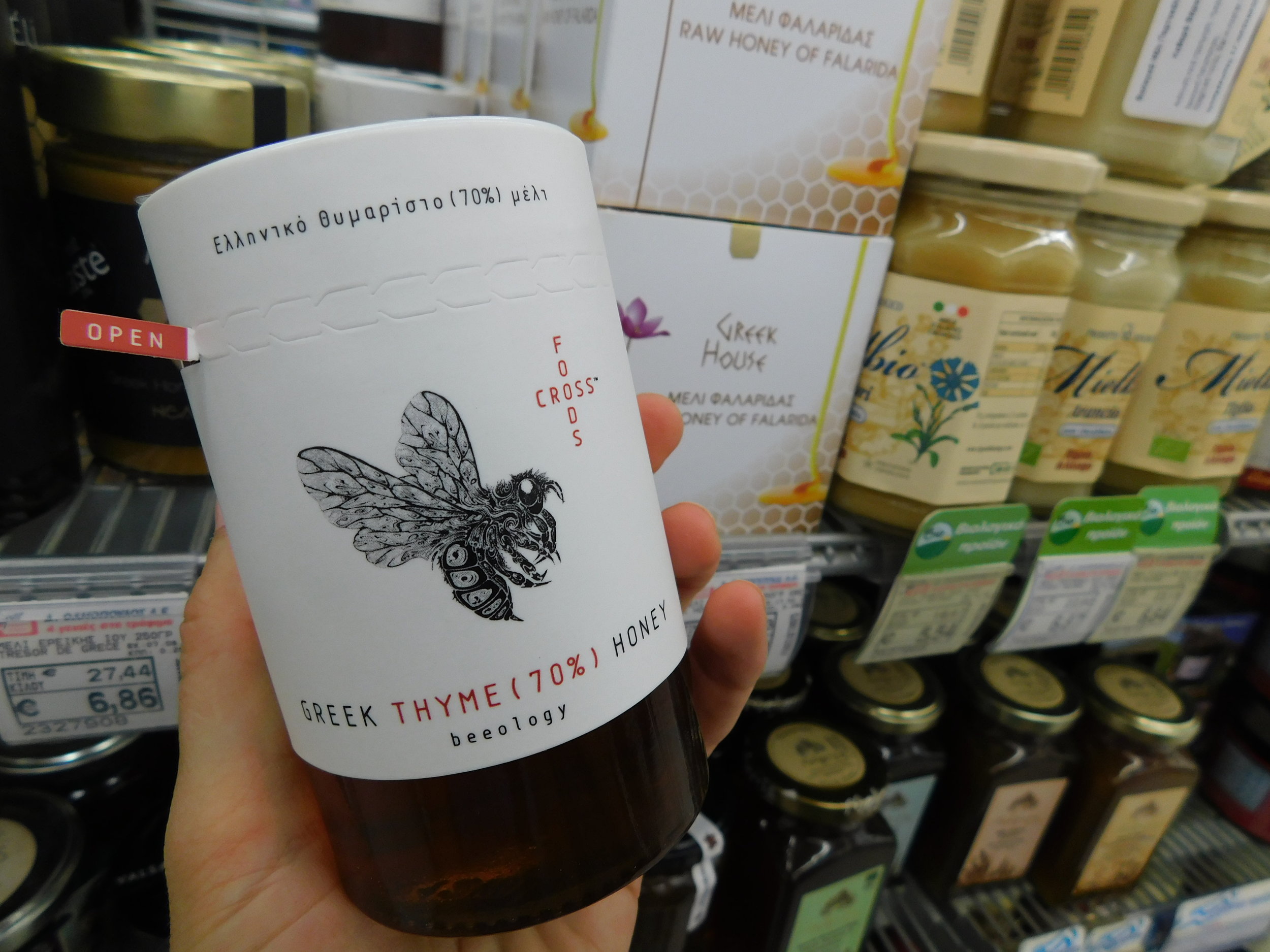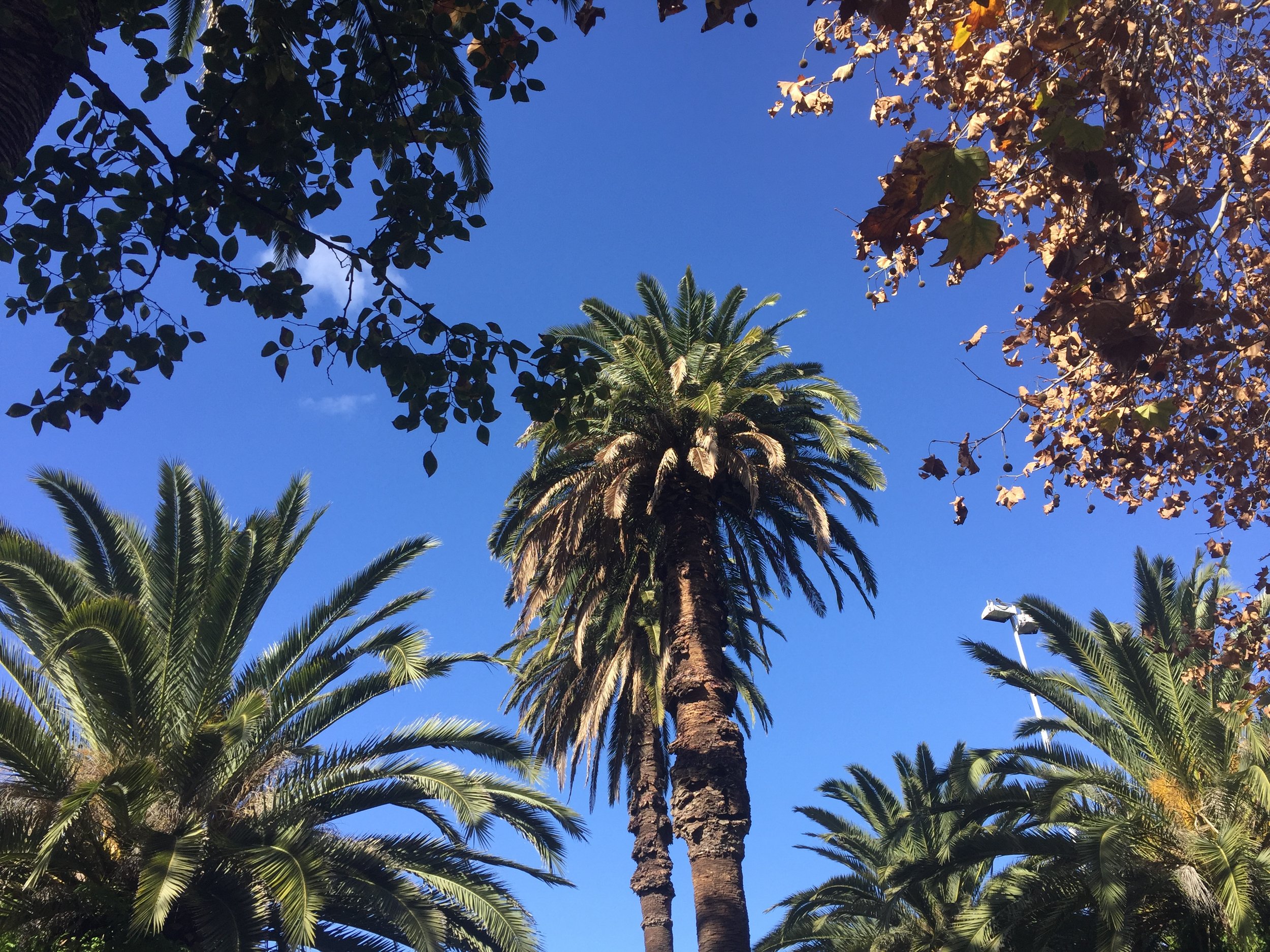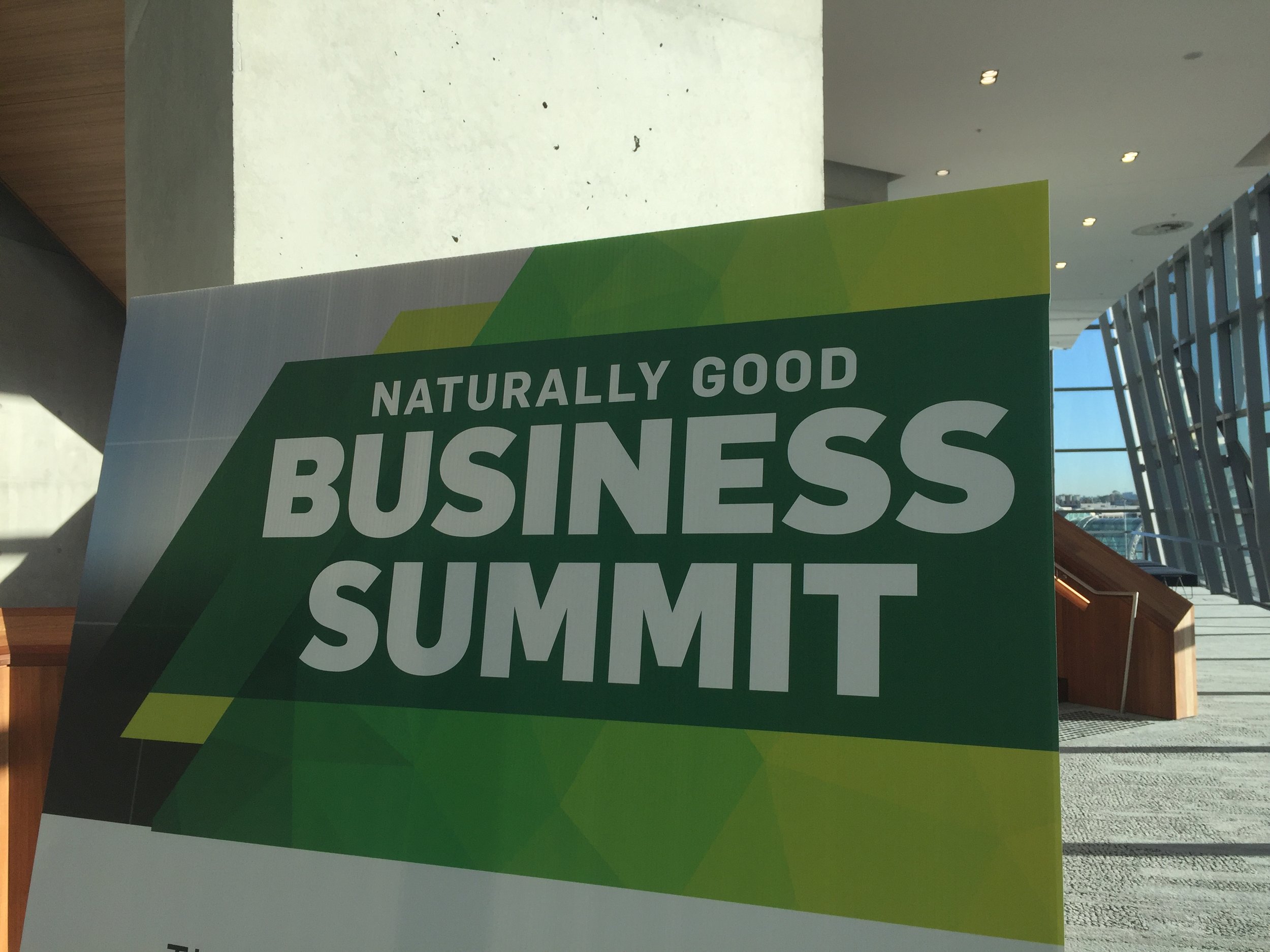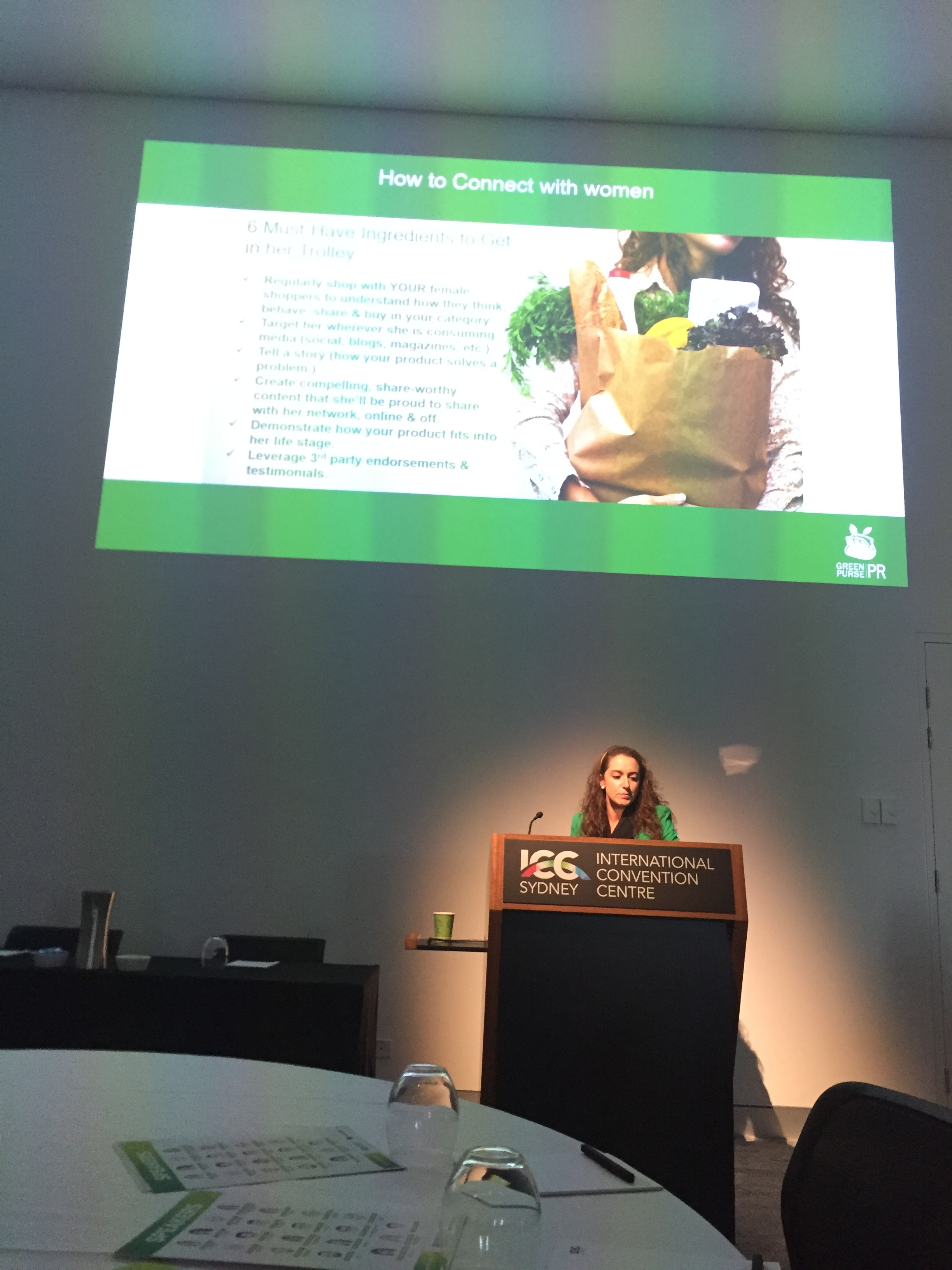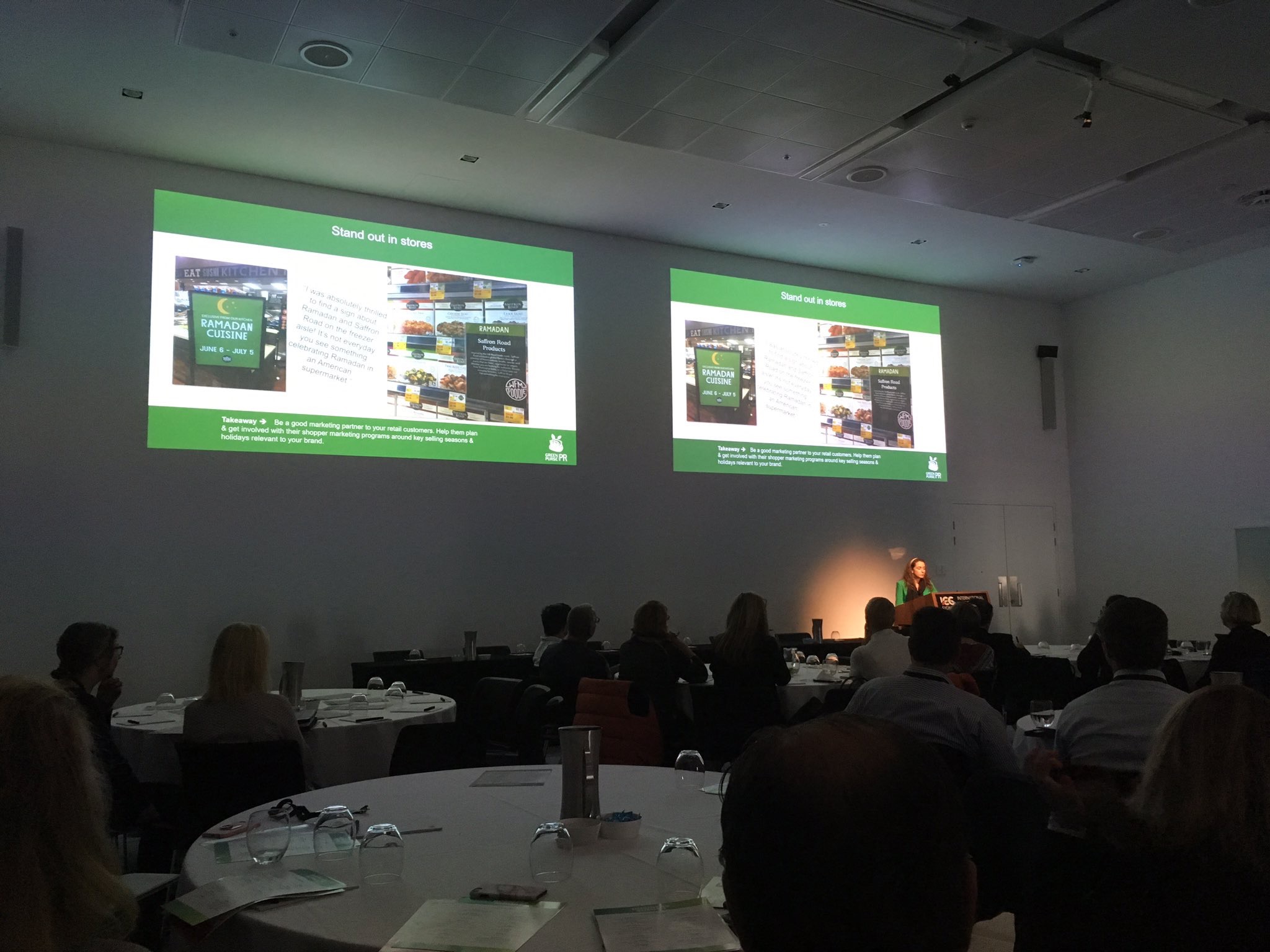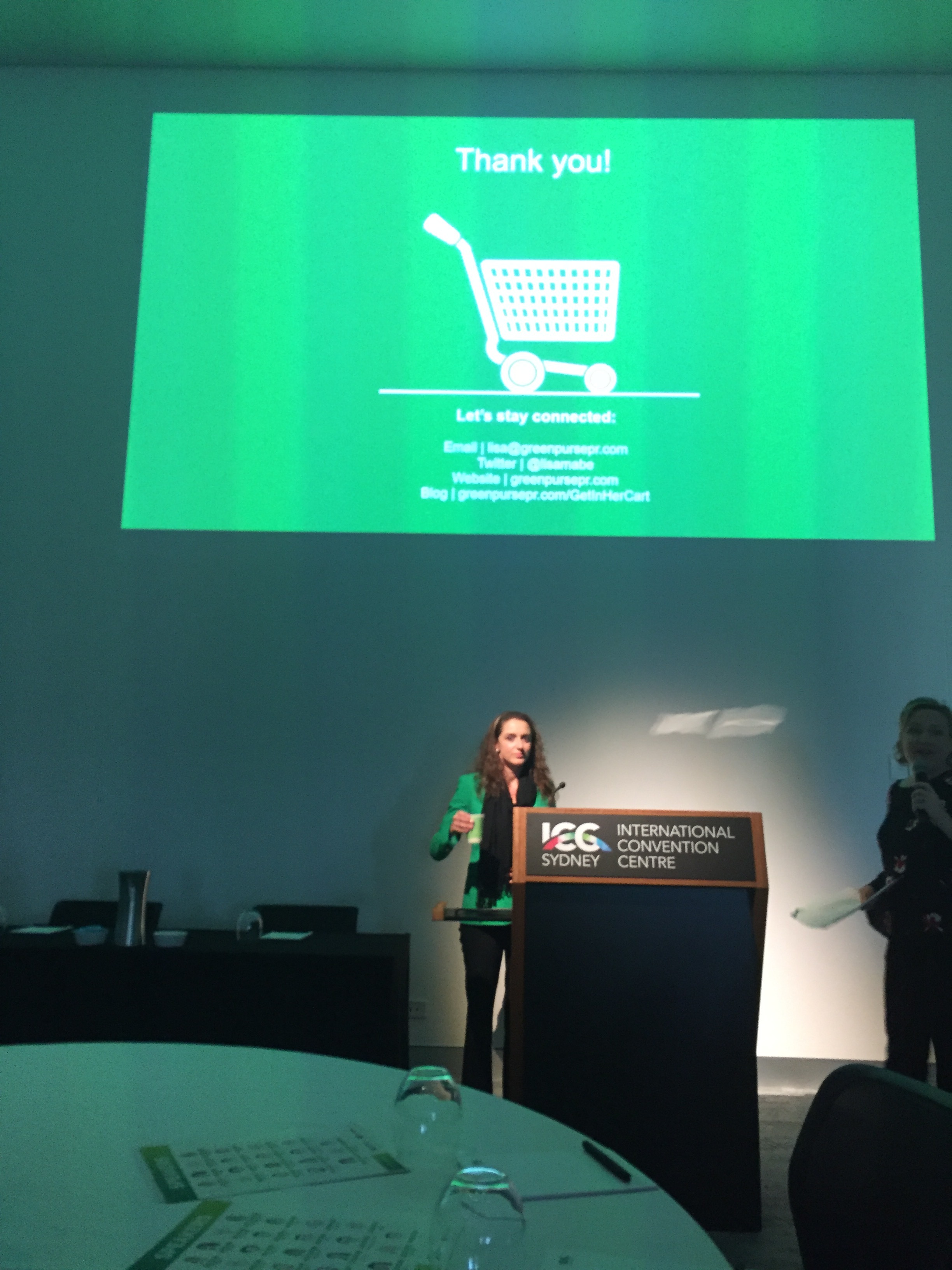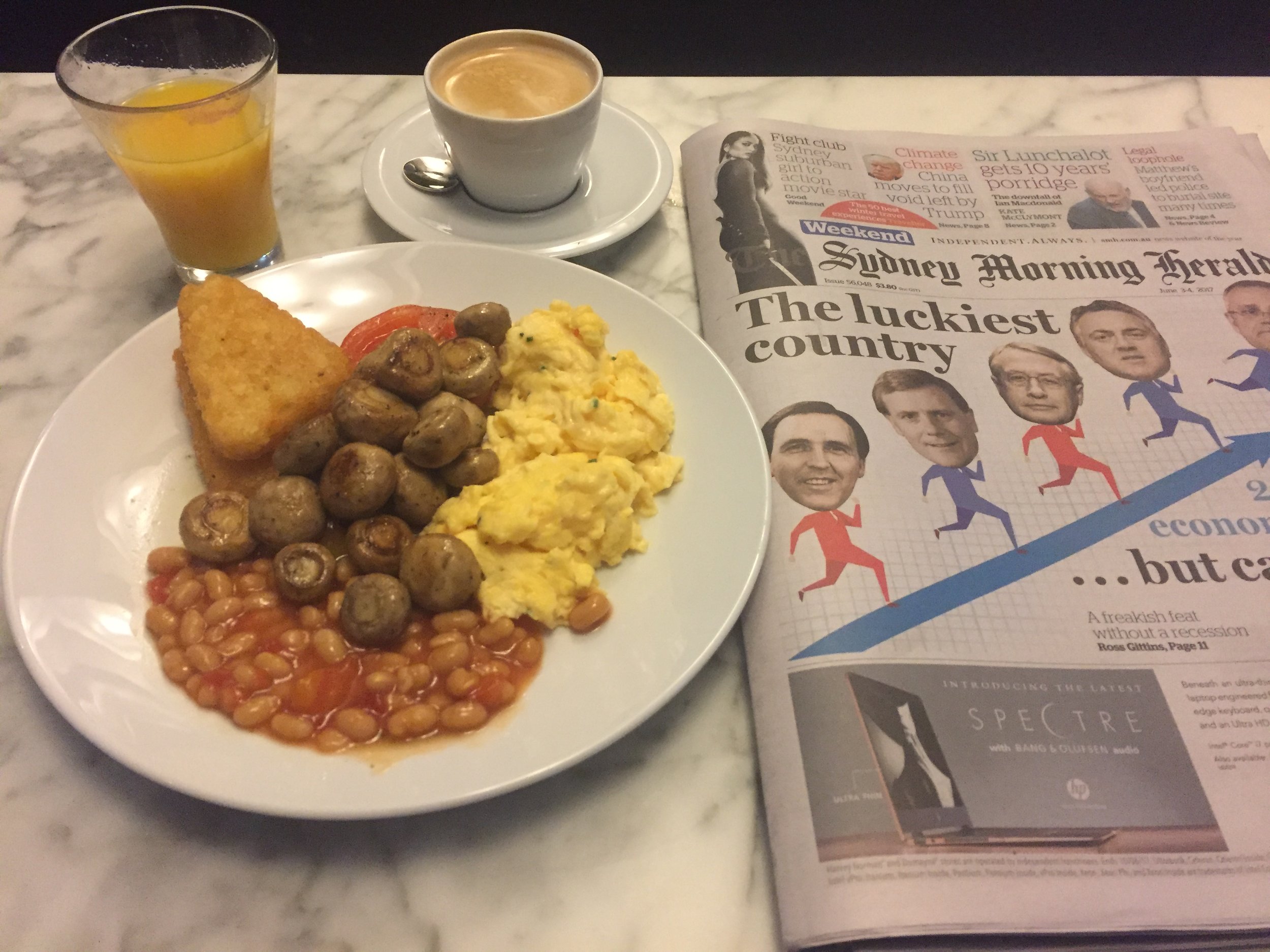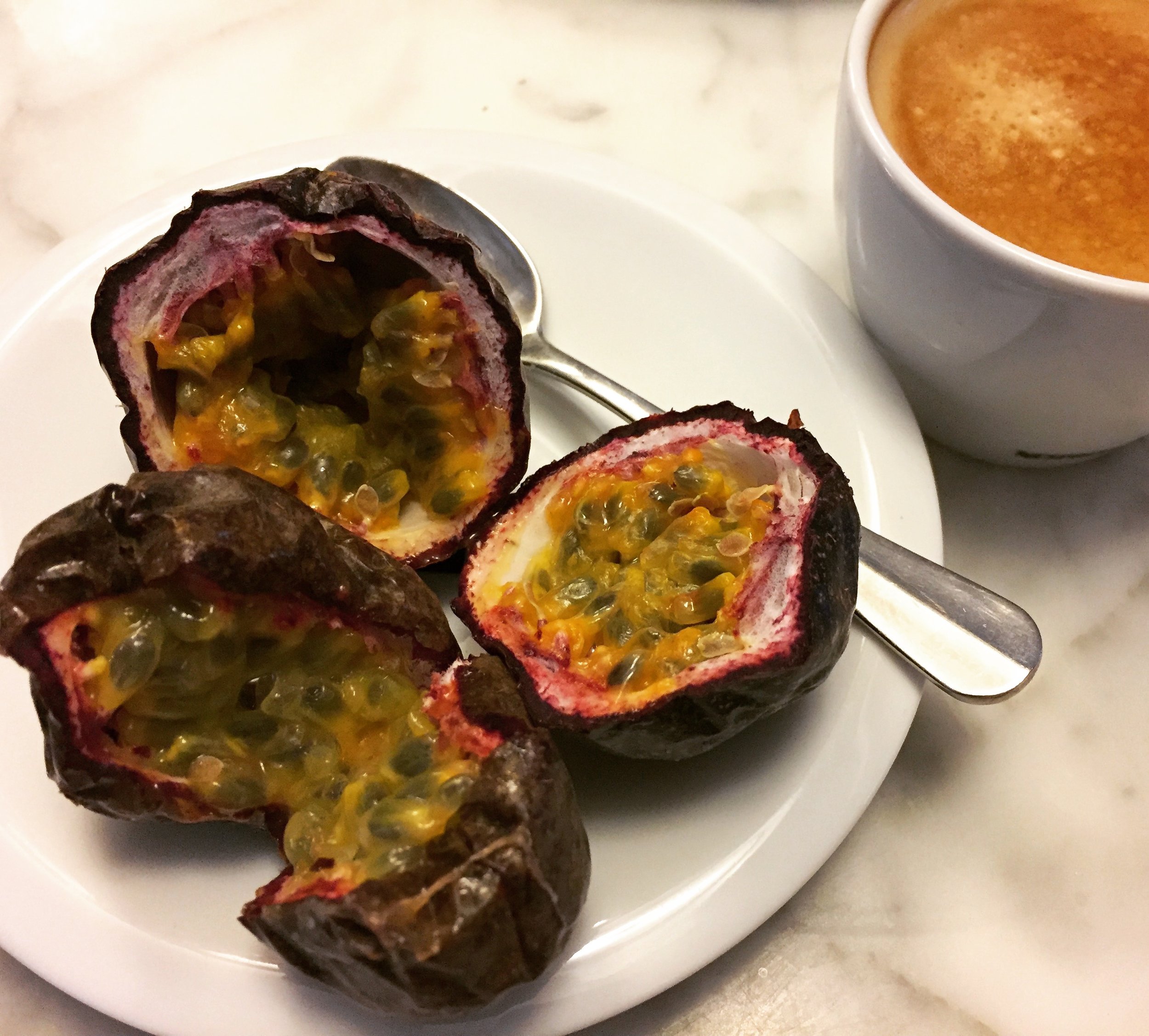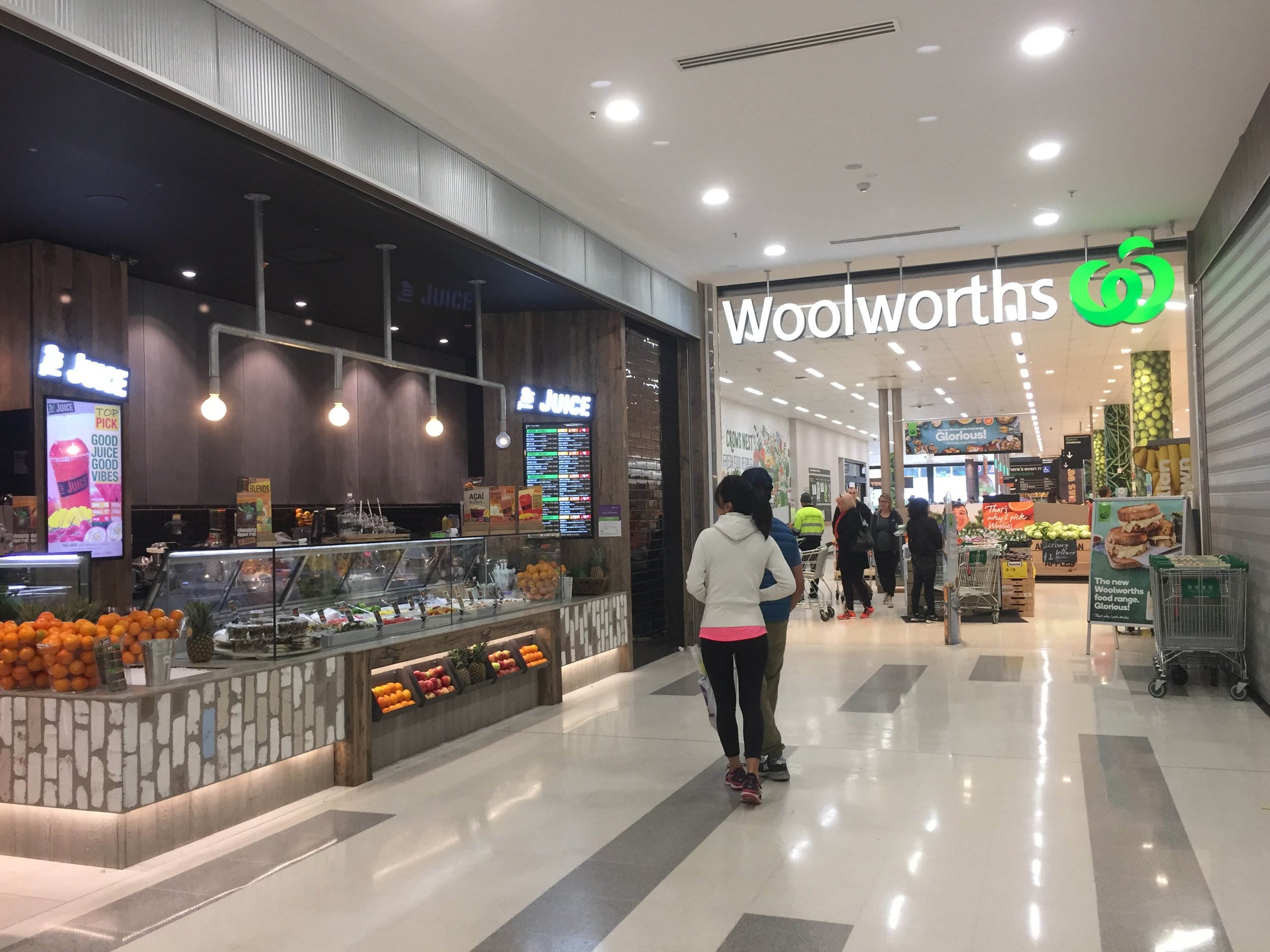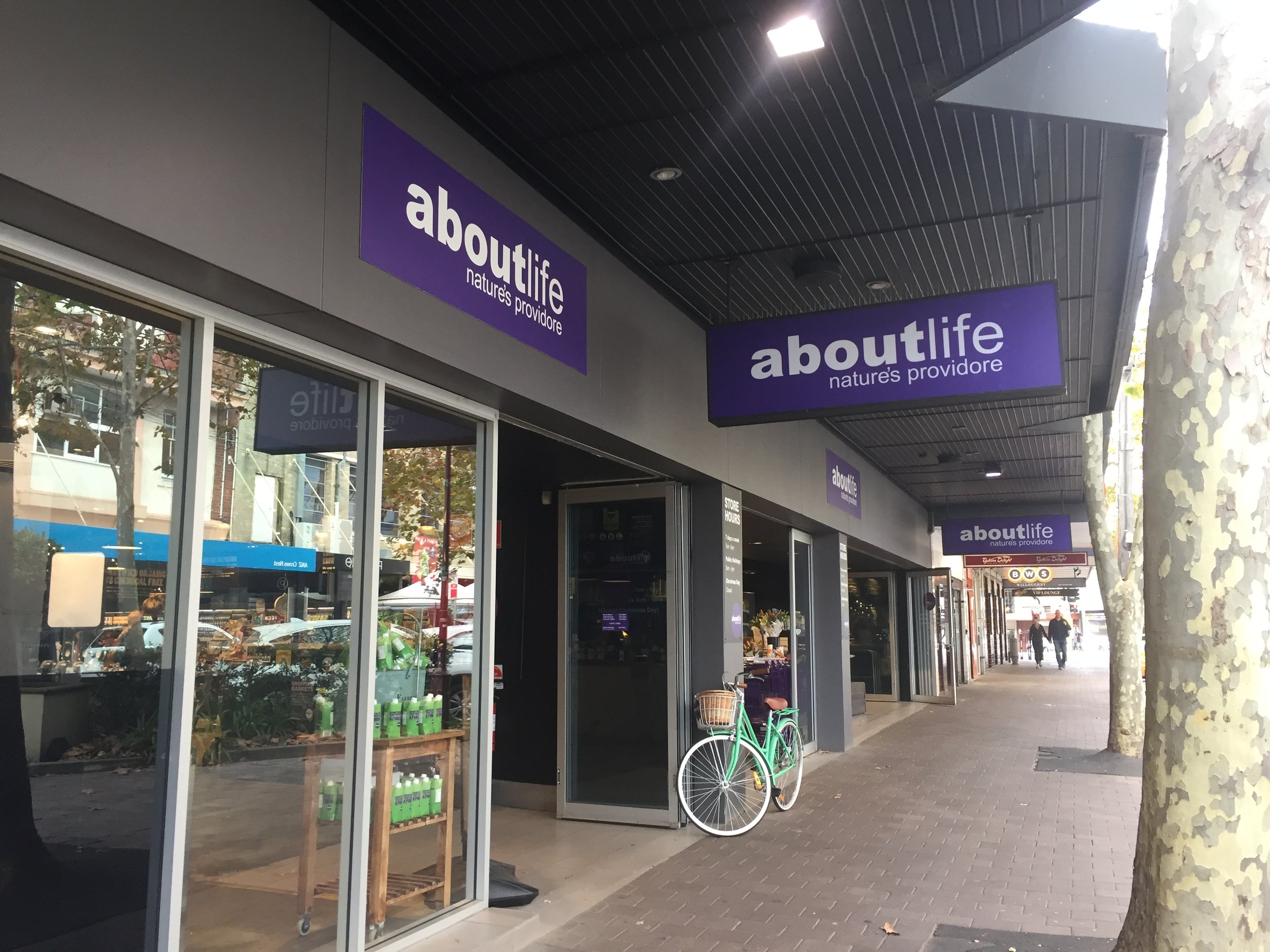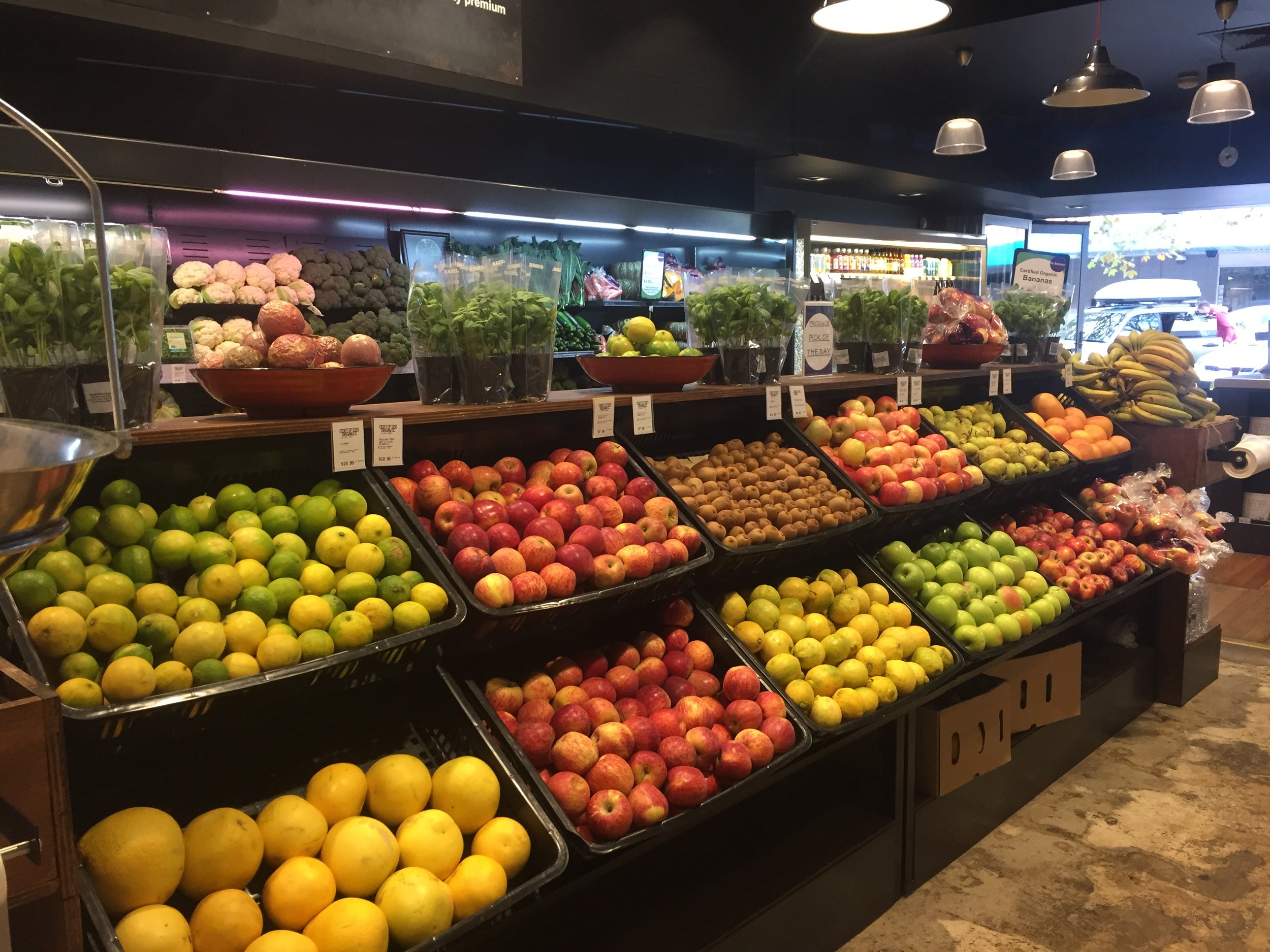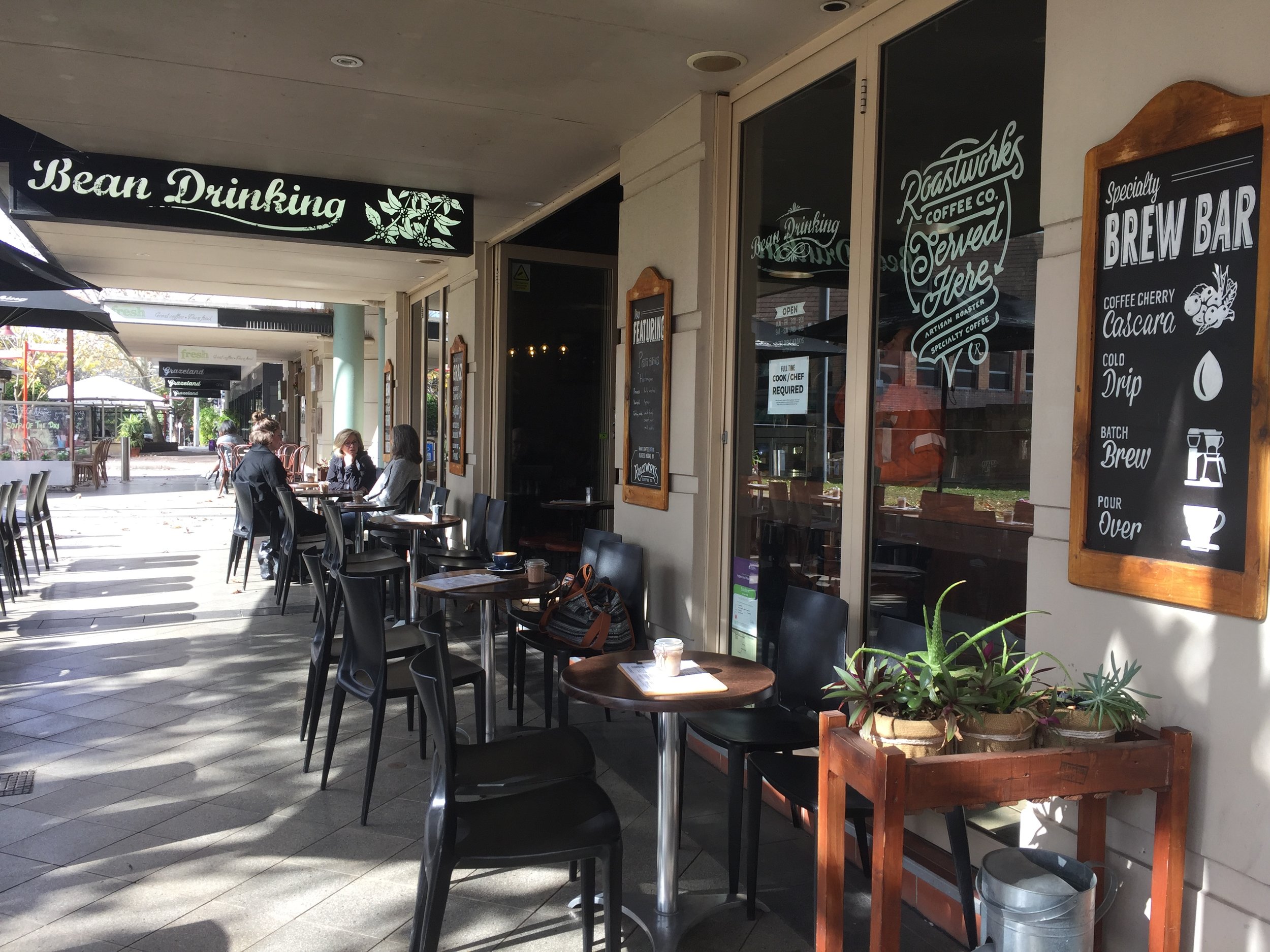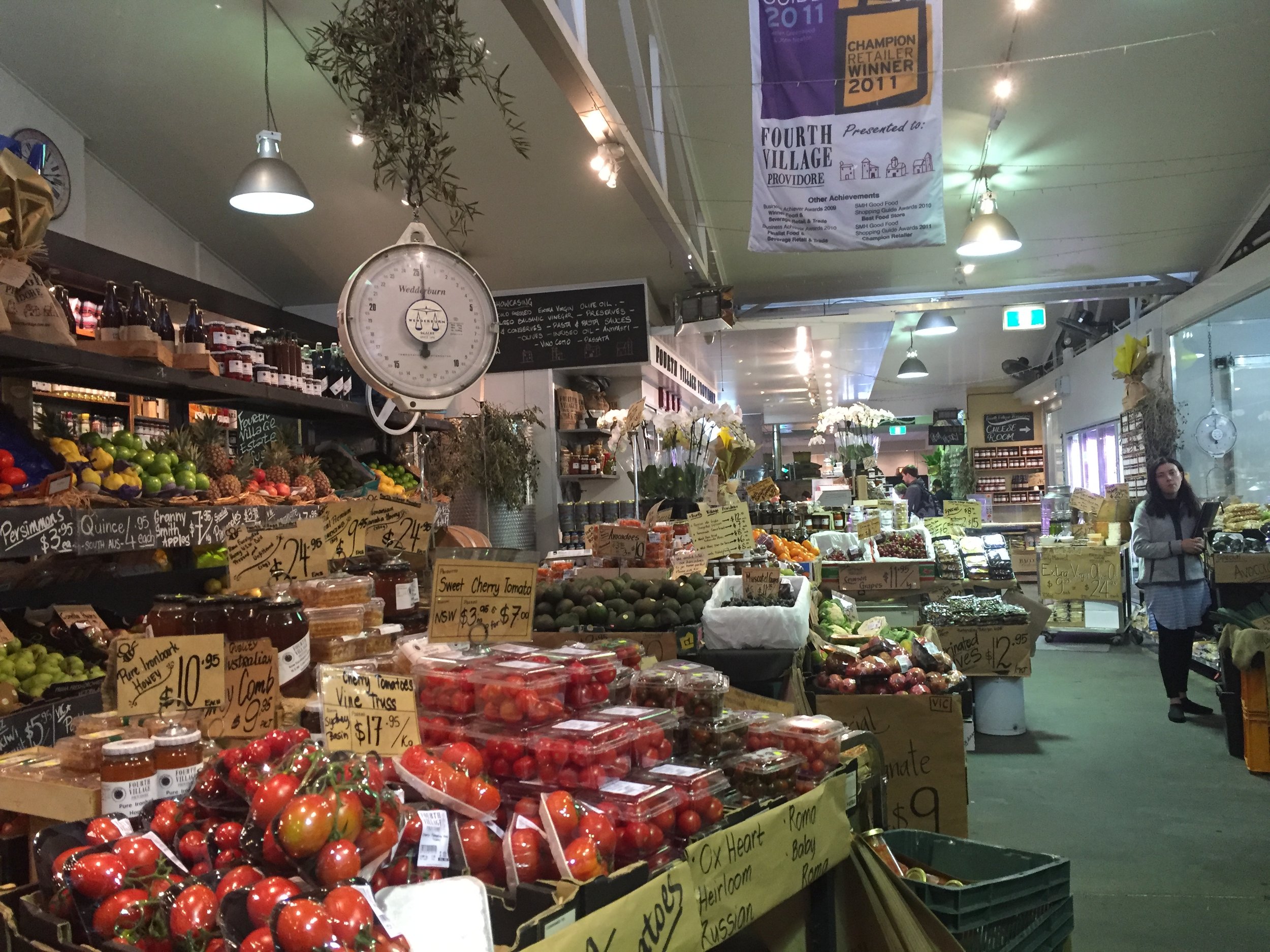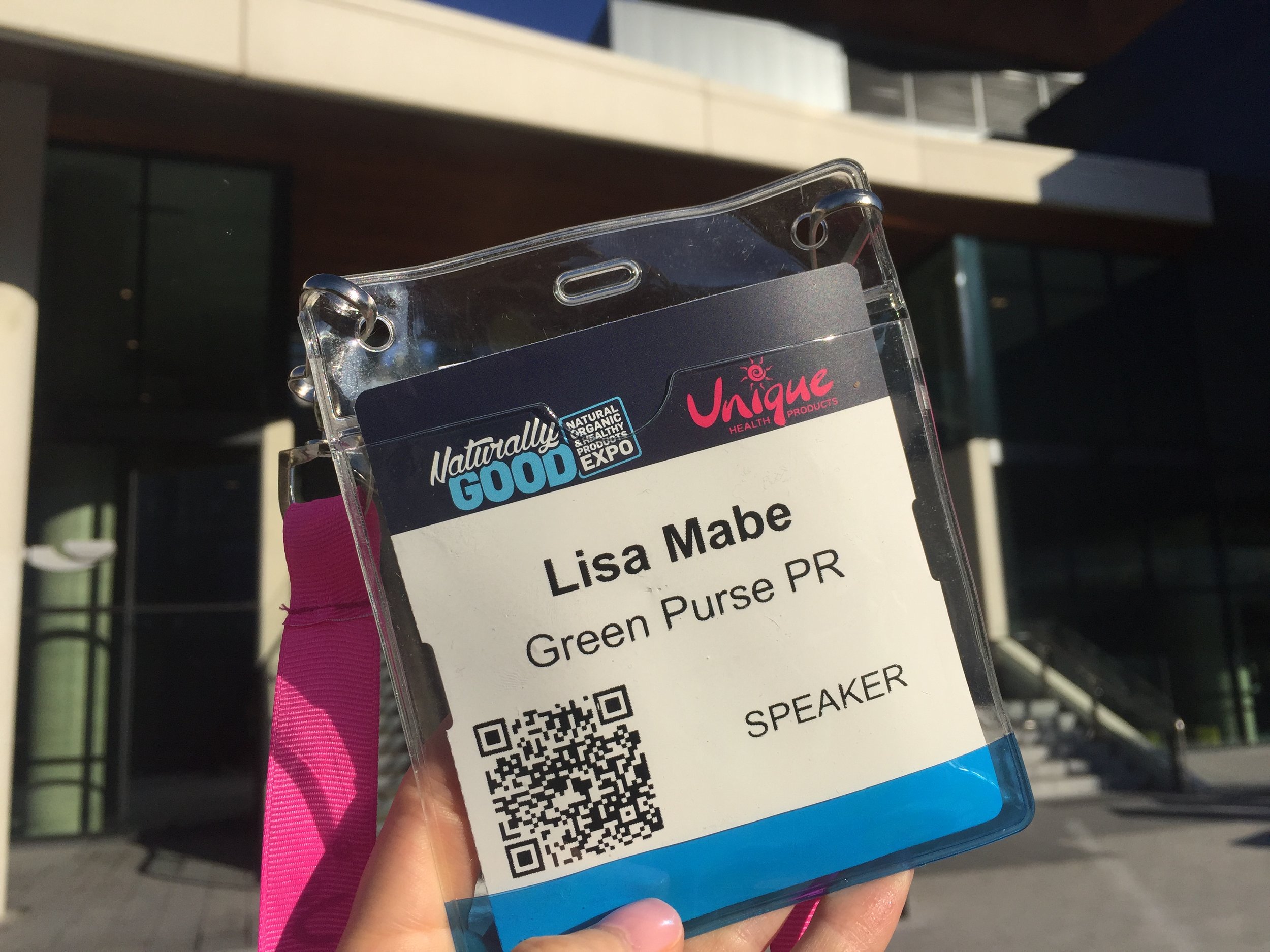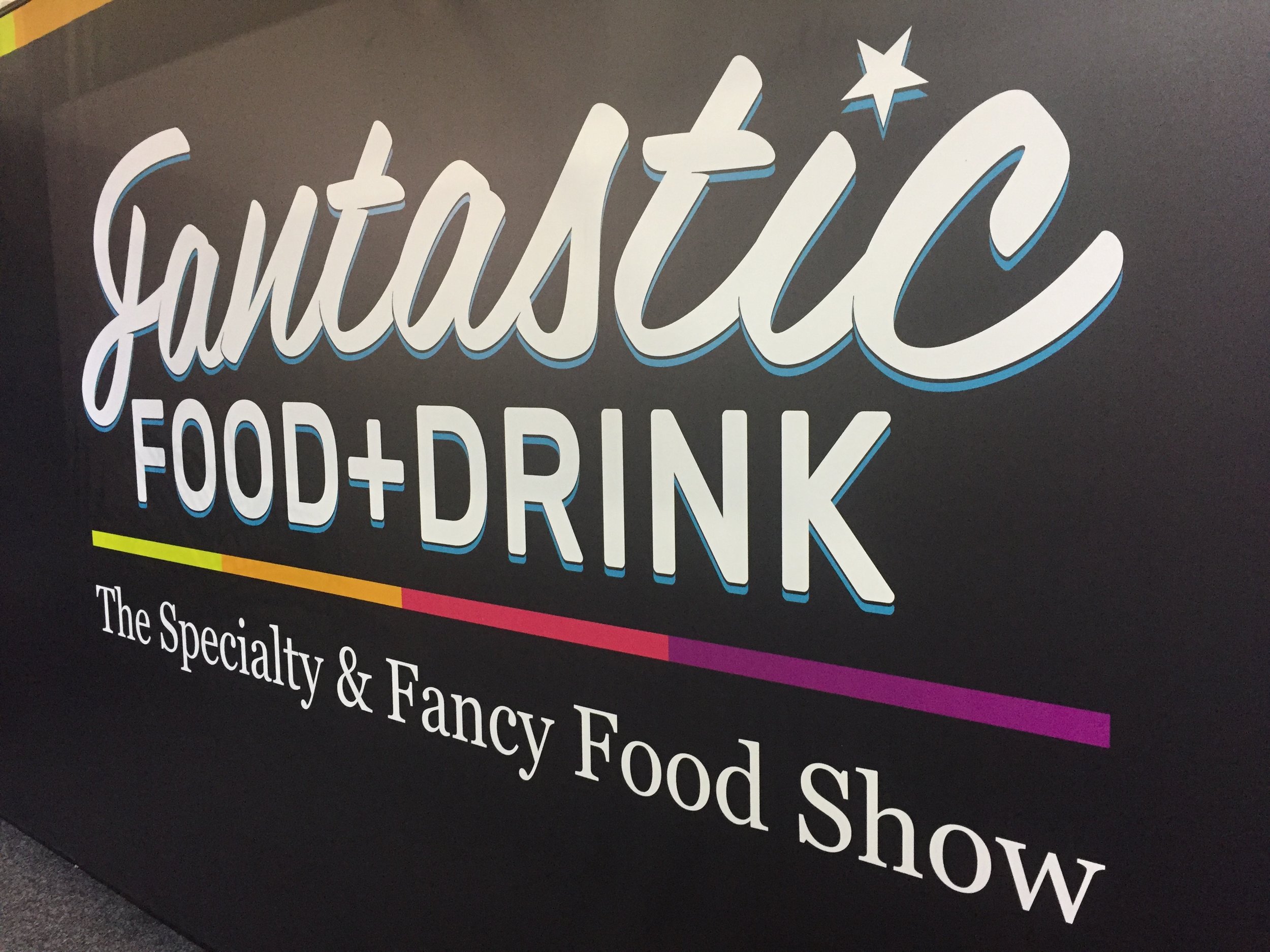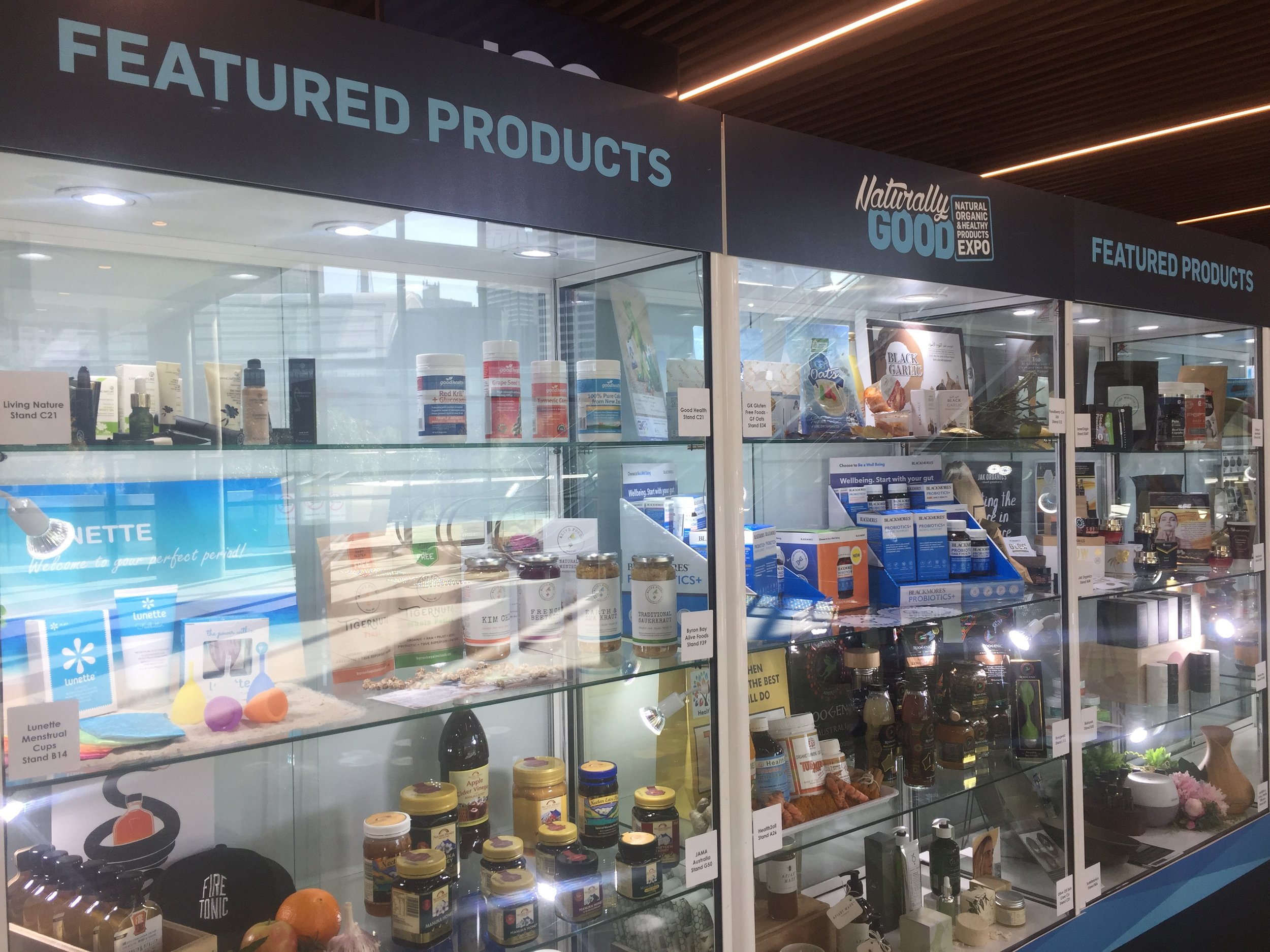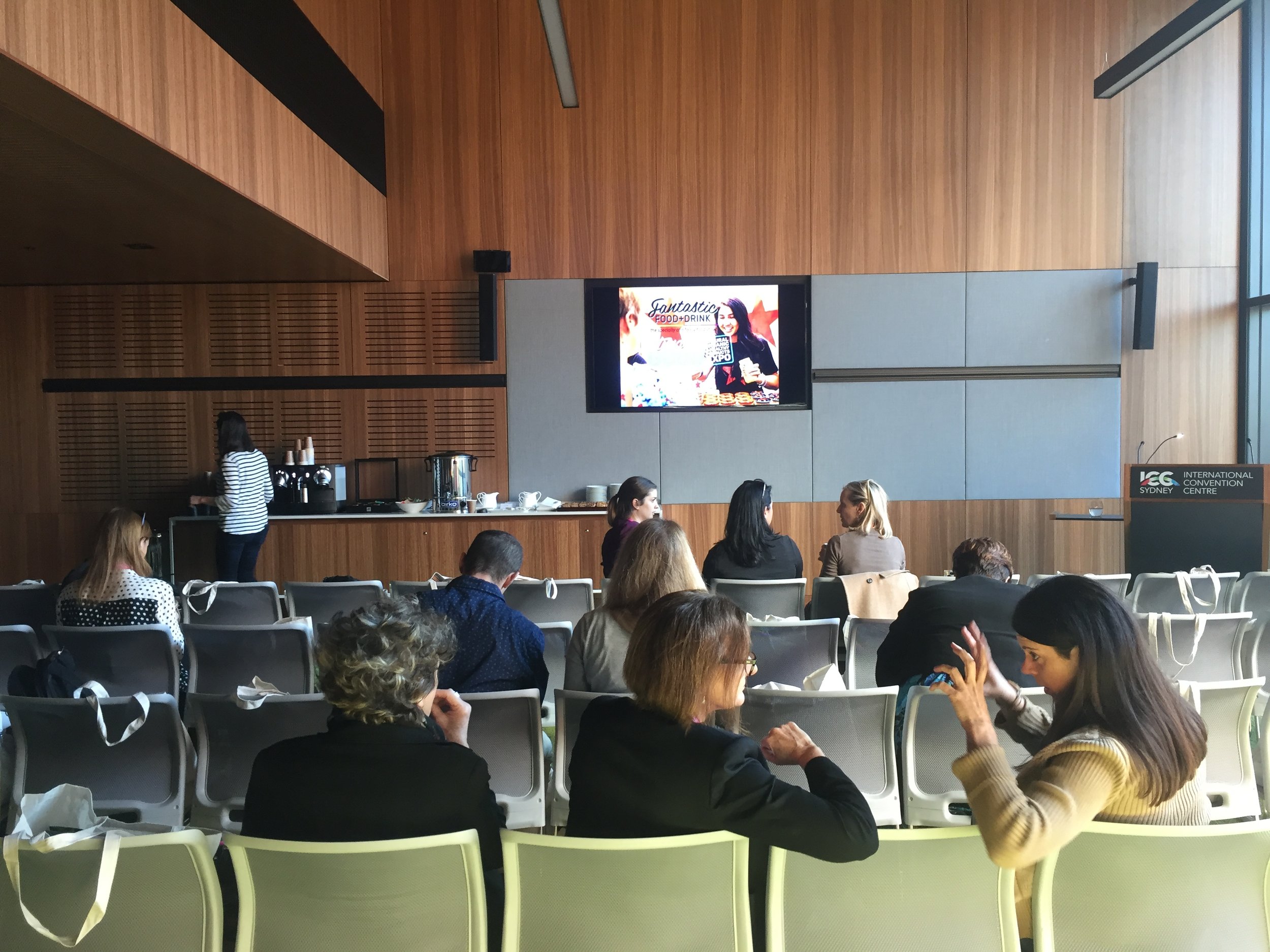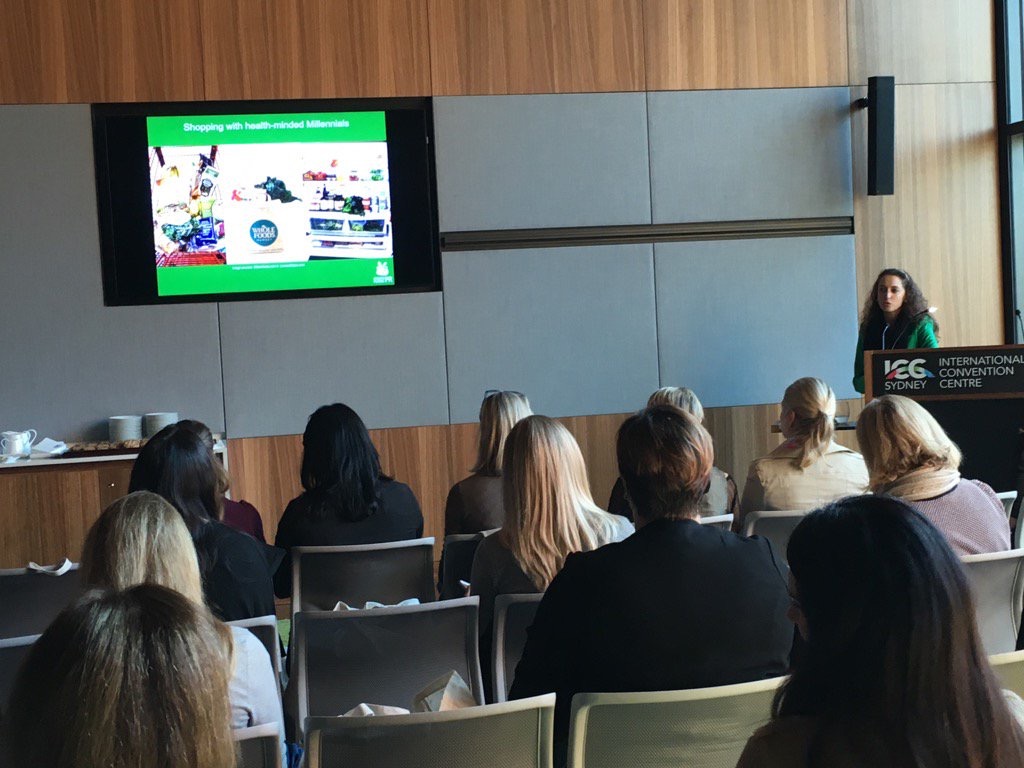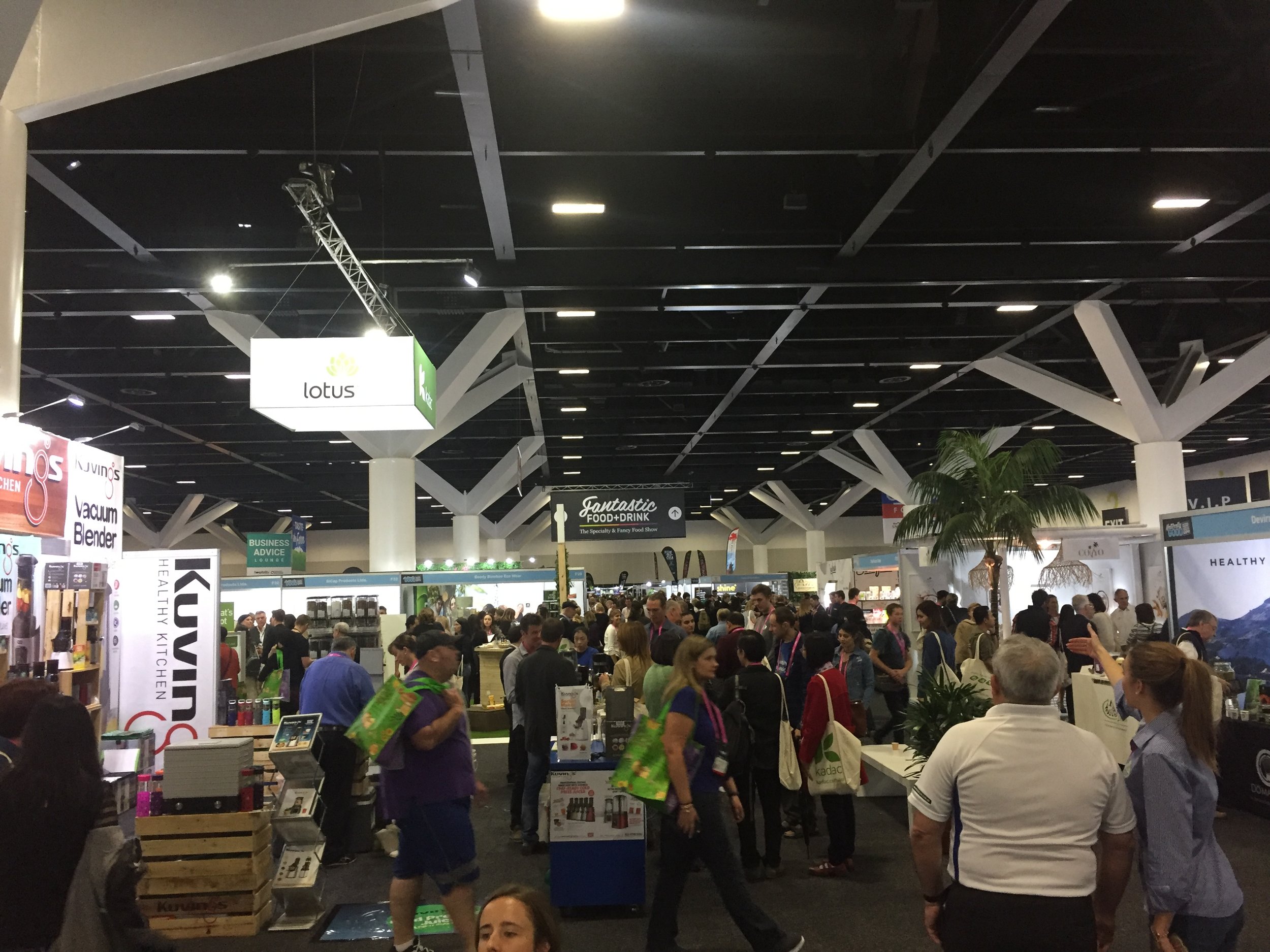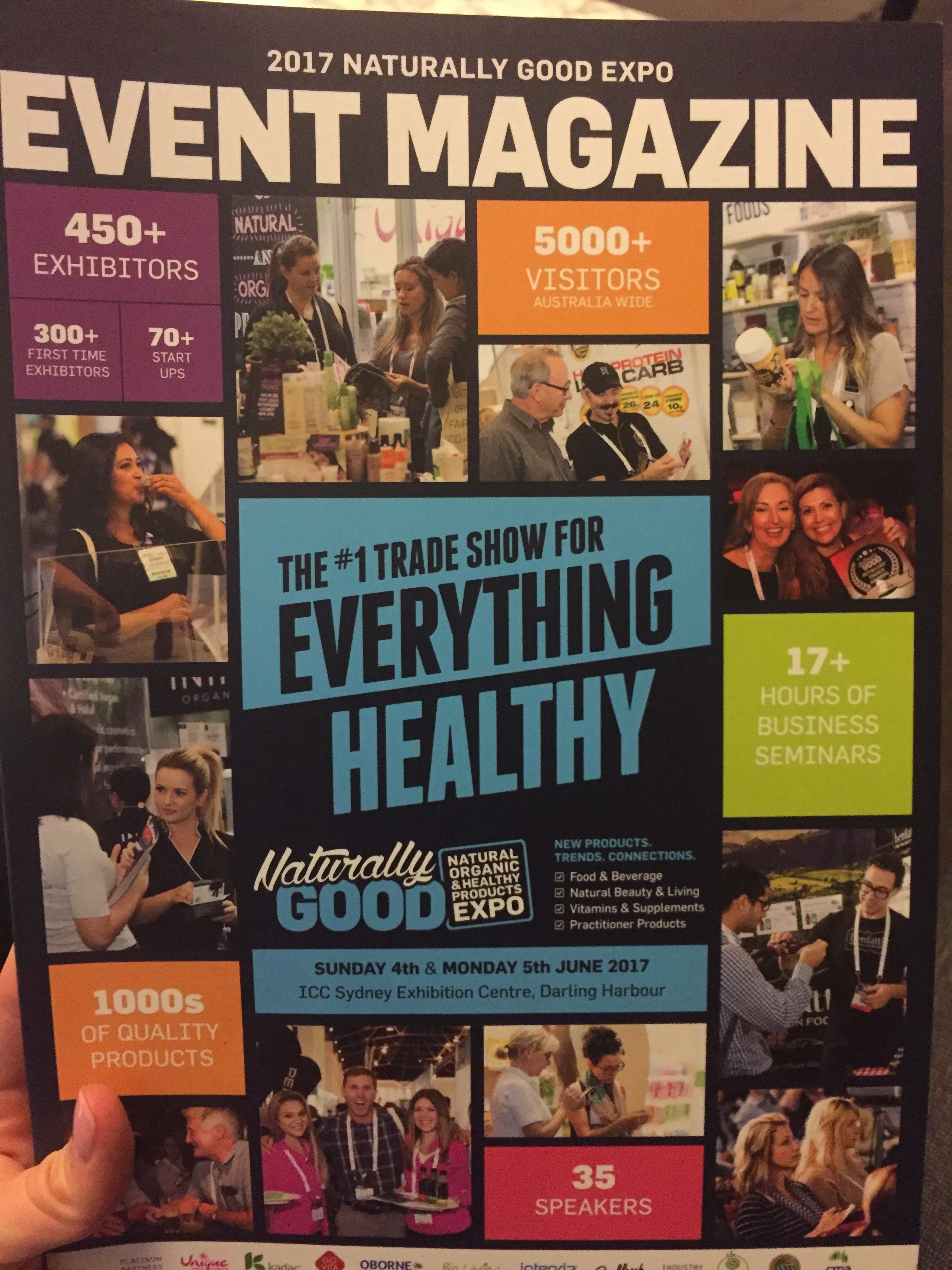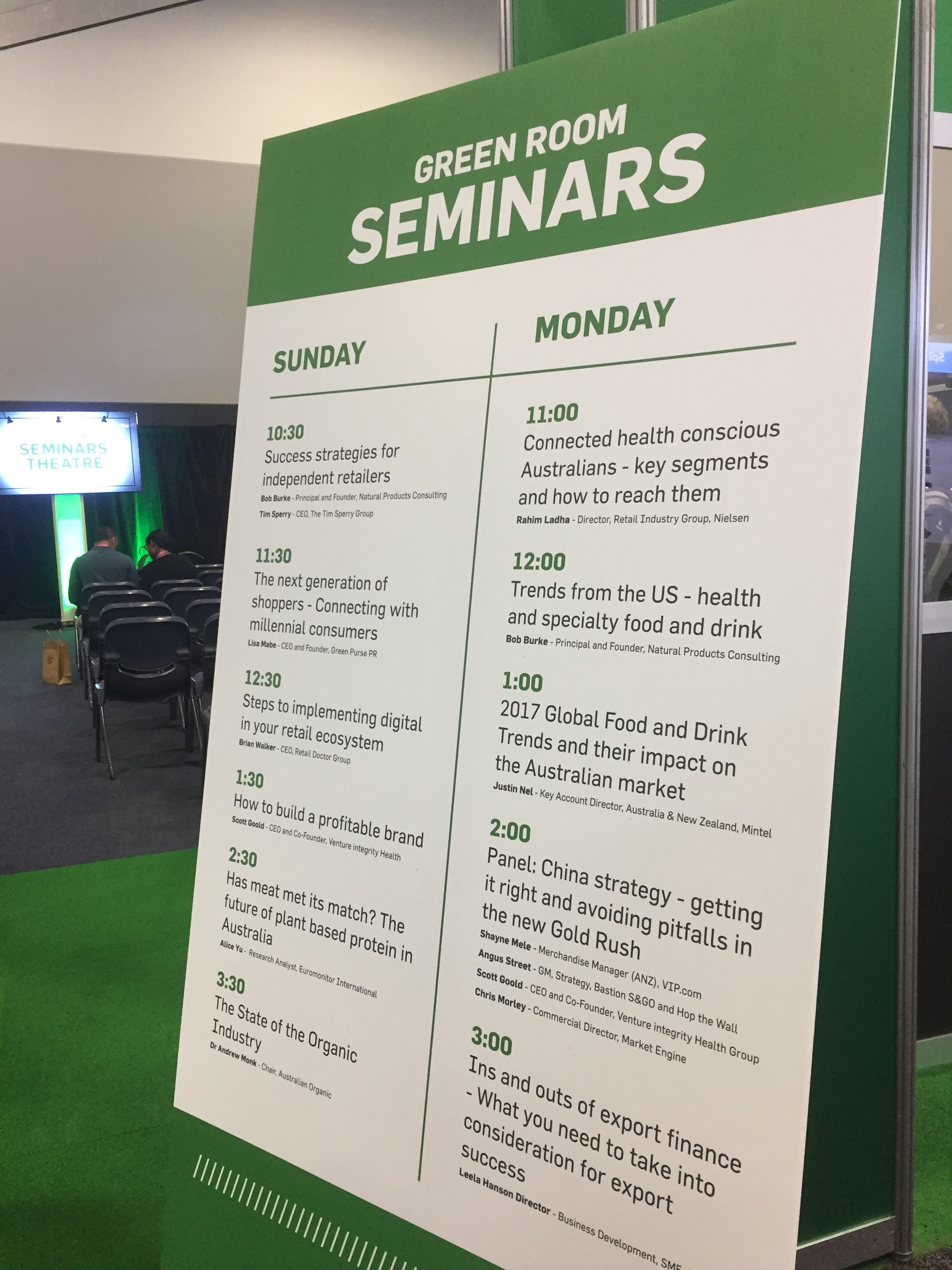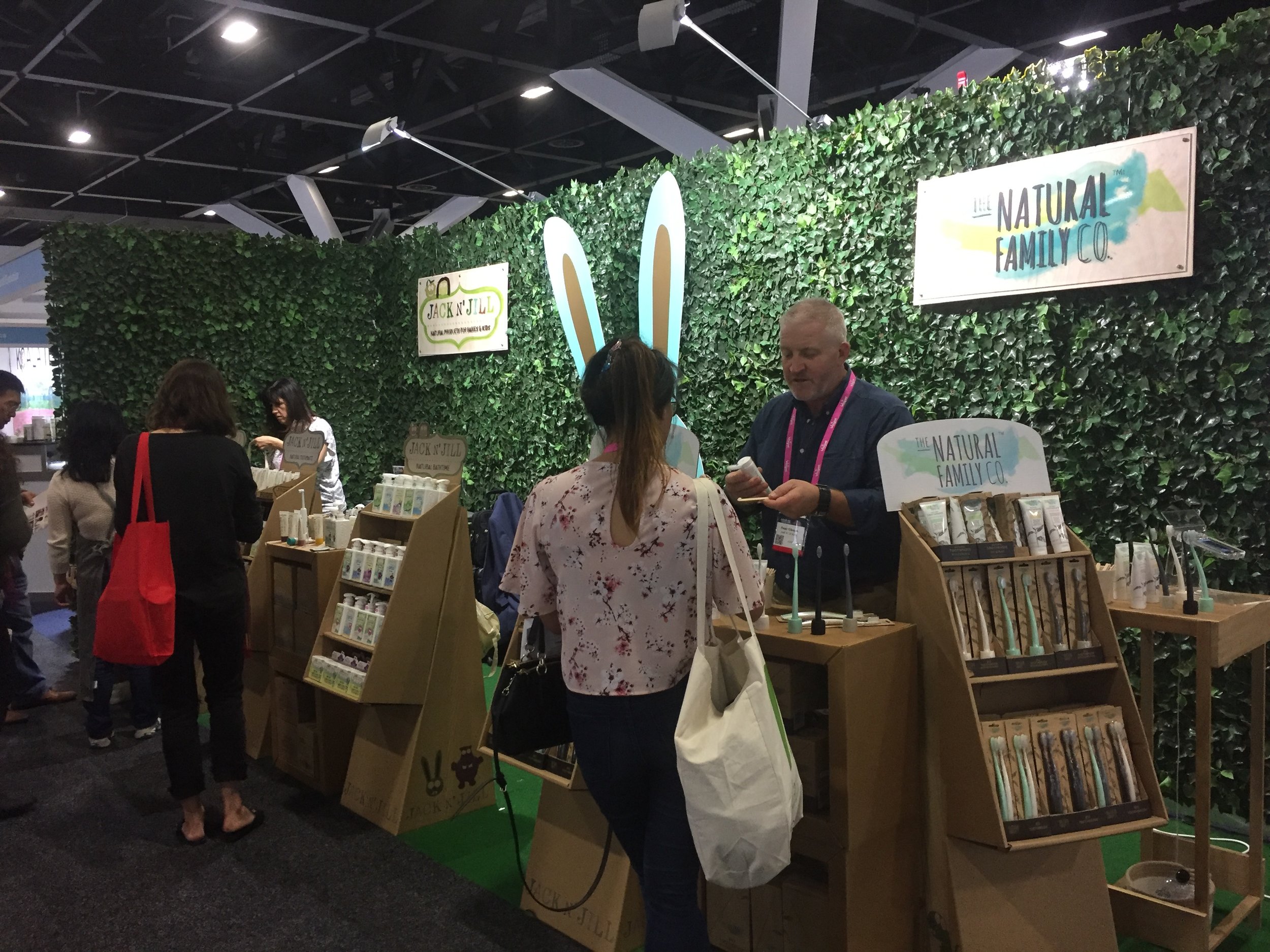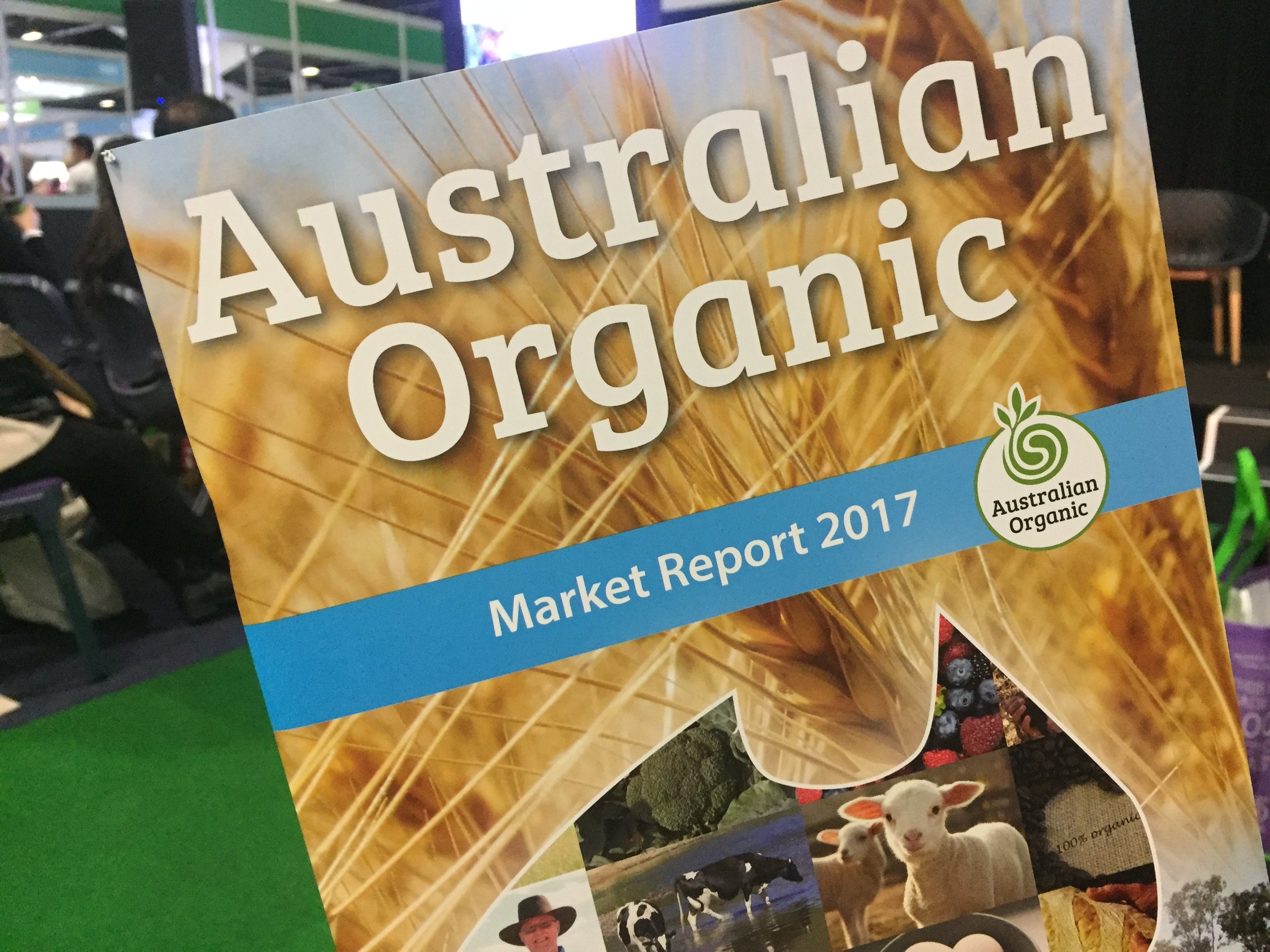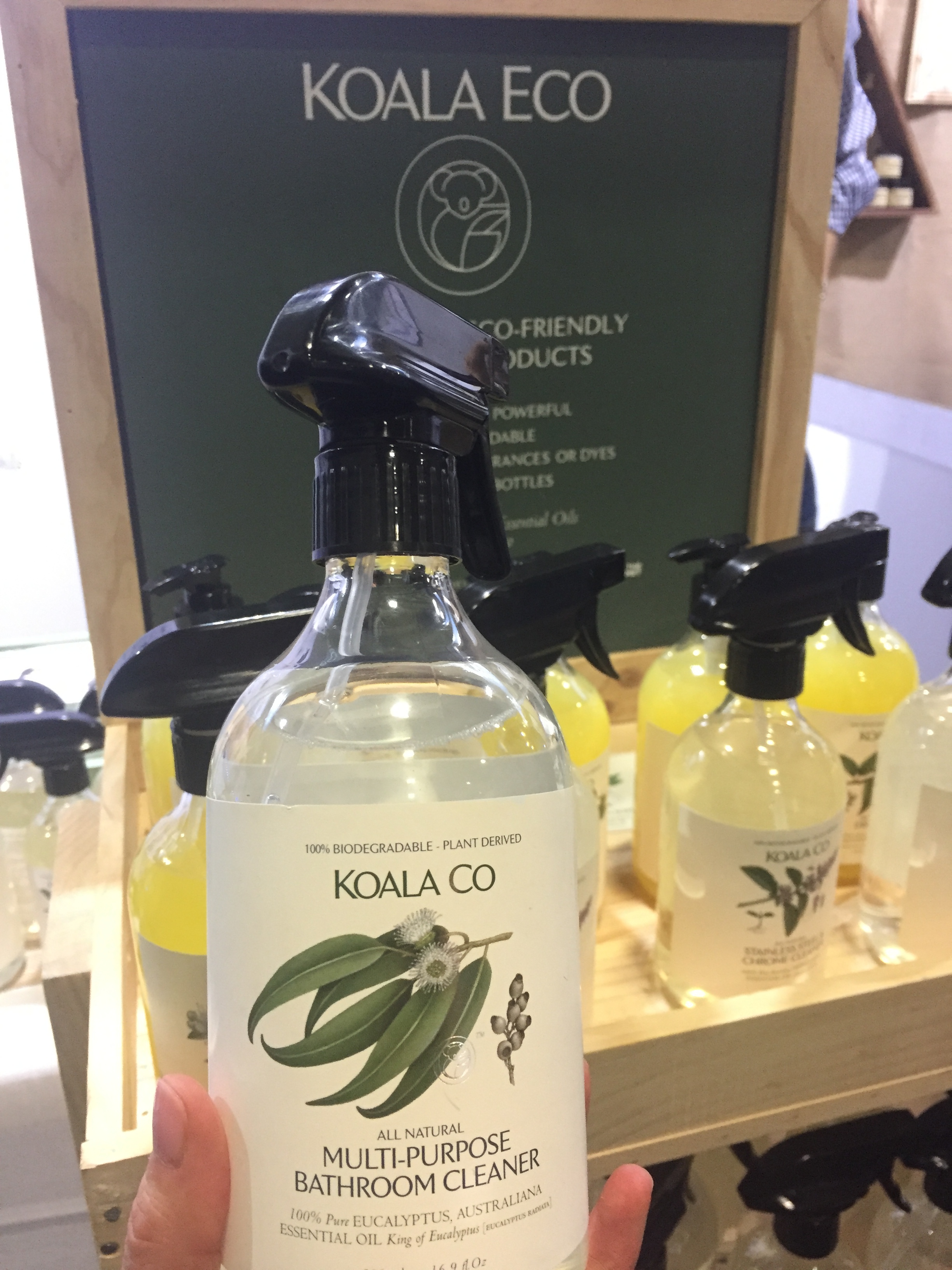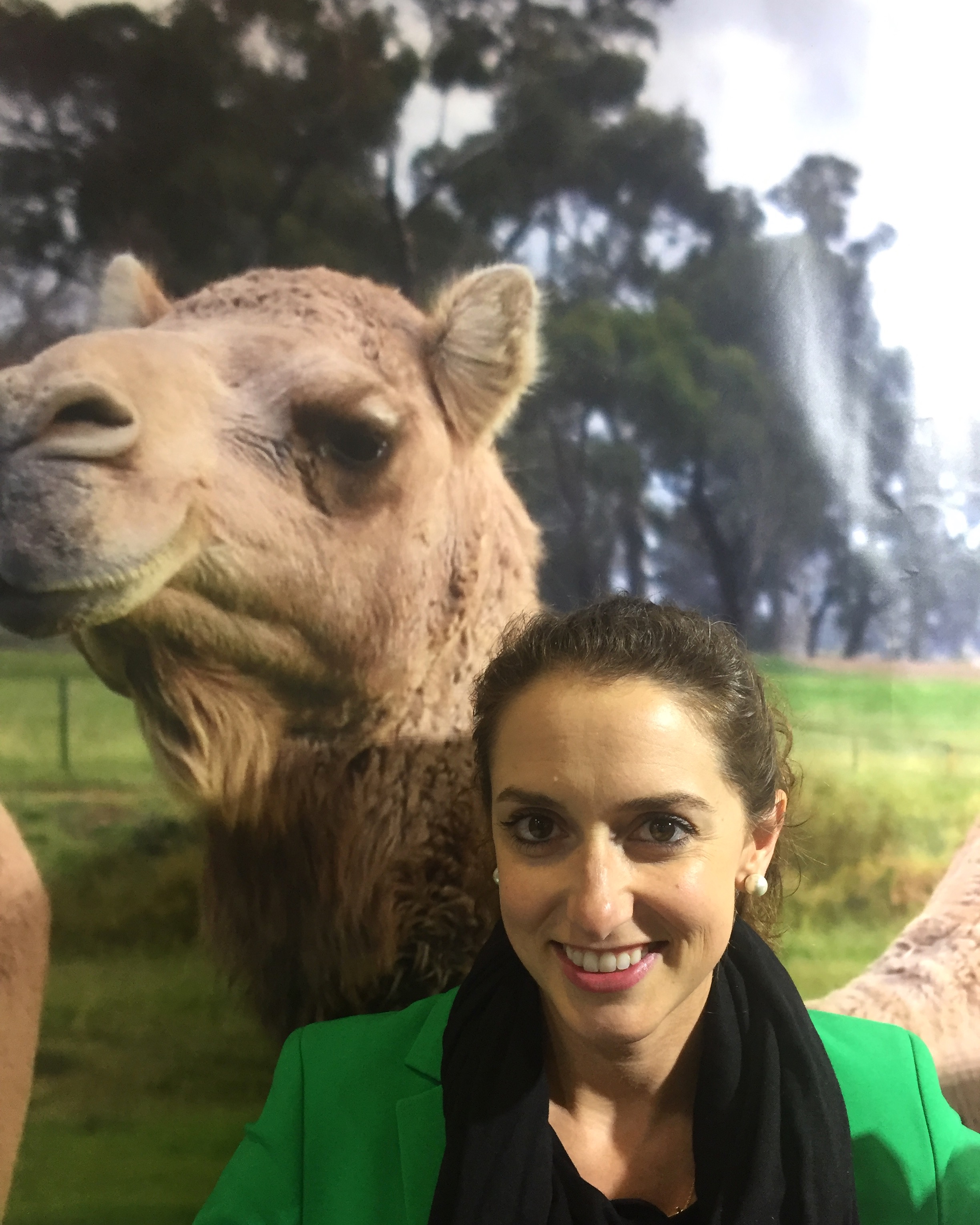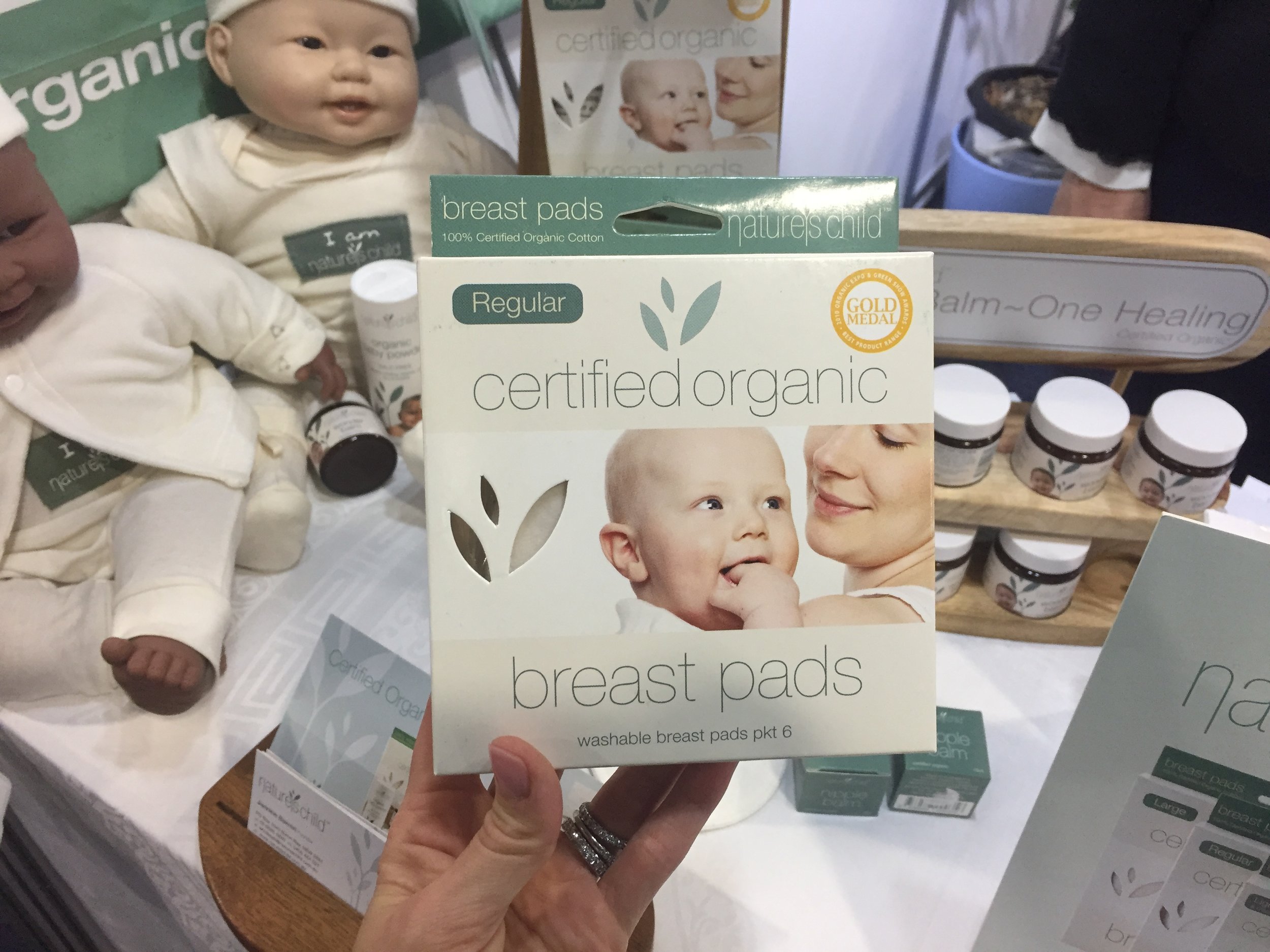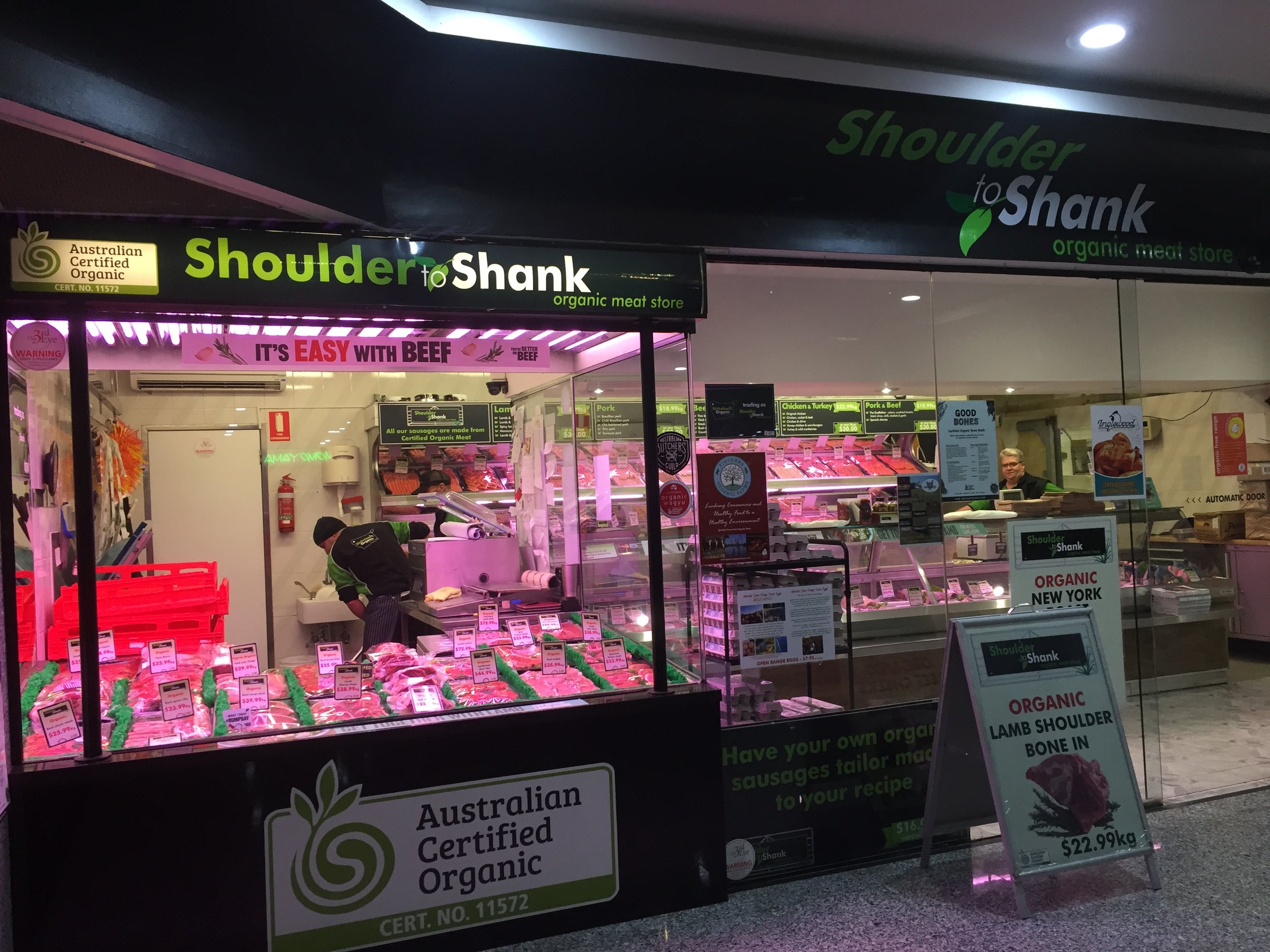CONNECTING WITH CONSUMERS WHILE THEY ‘SUMMER’ AT HOME DURING COVID-19 LOCKDOWN
American consumers won't be spending on vacations this Summer. They'll be spending on things to keep themselves entertained at home.
Many of your consumers will likely be “Summering” at home this year, thanks to the COVID-19 pandemic. This cultural change will definitely alter how they shop and what they buy. Summer usually means kids have Summer break from school (and are therefore home a lot more,) Summer grilling season (of special important to meat brands,) and Summer travel season (which will certainly cease to exist this year.) Our new stay at home culture will cause purchase behaviors to be very different. It will also change the way brands talk to consumers about their products.
As we’re always looking a few months ahead for our public relations clients, we recently asked our panel of Millennial moms what they anticipate needing to buy or stock up on in order to keep their families happy, healthy and properly entertained during their continued time at home over Summer. Listed below are some of what they shared with us.
How American Millennial Moms plan to ‘summer’ at home during coronavirus
“Lots of alcohol! I’ll be making lots of cold, hard drinks while I work from home (on the patio in my bikini) and summer school and make sure the kids are outside not messing up my house constantly.”
“I’m already thinking about backyard entertainment to keep the kids busy while I work. I’ve been on Pinterest researching and screenshotting outdoor activities. We’ve got baby pools; we’ll order some more water toys, art supplies and lots of good healthy snacks to have on hand.“
“As long as I can crack open a LaCroix a few times a day, I’ll be ok. I’ve got an arsenal of LaCroix containers - all flavors at the ready.”
“I’m bored already just thinking about staying home all Summer and not going anywhere on vacation! I’m planning to start some new hobbies - I want to take some virtual cooking classes (maybe Italian cooking until I can ever get over to Italy.) We’ve got a huge inflatable water pool & slide for our kids and we’ll stock up on lots of good food to make the most of our time at home.”
“Sounds like we had better hunker down and get comfortable being at home just about all the time. I’m making my bedroom an oasis; I’ve bought a new mattress, added some house plants and some really good lighting (including fairy lights) to make it as cozy and as inviting as possible.”
“Ice cream, kids fruit drinks, and if we can’t get them at the store, we’ll learn to make them ourselves.”
“I bought a bunch of mini piñatas and a bunch of candy to have every once in a while for the kids. I’m getting myself a nice Nepresso machine so I can have specialty iced lattes all summer.”
“I want to do certain food activities on certain days. We’re doing Friday afternoon ice cream parties in the backyard, Saturday morning brunch with a fancier than usual breakfast (like a avocado & egg on toast + smoothies,) and Sunday lunch time BBQs with steaks, burgers or hotdogs.”
“Definitely a tree house or play house for the backyard. We’ve also just started a garden so maybe that will give us something to do sometimes.”
“We have lots of space, thankfully, so we’ll be at our swimming pool a lot, reading in the hammock or having BBQs in the back yard. I’m sure we’ll need to stock up on lots of meats for grilling, drinks for hot days and some more water toys to keep cool.”
“Drinks (beer & cocktails for me and the hubby;) ice-pops and fruit drinks for the kids. Lots of fruit, like watermelon and pineapple.”
“Since homeschooling, I’ve already stocked up on a bunch of school and crafty types of supplies (glue sticks, crayons & markets, pom poms, waterbeads, construction paper, and so on,) but we’ll likely invest in just about every type of backyard toy we can find on Amazon or Target.”
“I love trying new things — I’m making art, cooking new types of food, I’ve already bought a bunch of expensive kitchen equipment (espresso machine) and a new grill (Big Green Egg.) I’m also trying to expand my palette for different alcoholic drinks. I’d like to come up with my own Quarantini. Once I have a winner, I’ll probably make and deliver several cute packages of it to my friends and neighbors close by.”
“We’re getting my husband a nice new grill since we’ll likely want to BBQ often. We’ve already stocked up on lots of meat, just in case it’s harder to find as this pandemic plays out.”
“I’m going to try to make things as special as I can. I want to get a bunch of yard games and decorations for our garden area. I’m thinking corn hole, ring toss, water guns, water slides & sprinklers. I’ll also want to make food extra special; we might have some themed play, like a pretty tea party outside for my daughter.”
“As a little hobby, my girlfriends and I are using some of this down time to expand our tastebuds together, virtually. We’re trying new drinks and food. I’ve gotten a bunch of specialty beers in pretty cans, mixers to make all sorts of concoctions. The idea is to experiment, have fun and determine some new go-to drinks for all this time at home.”
“My Target cart online currently has a bunch of outdoor things waiting to be bought. I’m thinking about a hammock, zip line, play house and games. We’re stocked up on food, but I bet we’ll need lot and lots of alcoholic drinks and fruit to make fruit drinks for the children.”
Photo source: chatterblock.com
How is your brand or retailer planning to talk with consumers during the home-bound Summer days?
As we continue to navigate through the COVID-19 pandemic here in the USA, Green Purse PR is committed to helping our research clients stay informed by serving up the most valuable and current consumer insights.
We've got a constant pulse on the changing behaviors of American consumers. We are currently conducting virtual shopper research to better understand how consumers are shopping in categories like: food & beverage, household goods (like cleaning products & personal care,) outdoor entertainment and toys.
Search the link below or submit an information request for answers to your specific questions about your consumers. Learn more and contact us here →→→ www.greenpursepr.com/virtual-shopper-research.
- Lisa Mabe-Konstantopoulos, Founder & CEO, Green Purse PR















